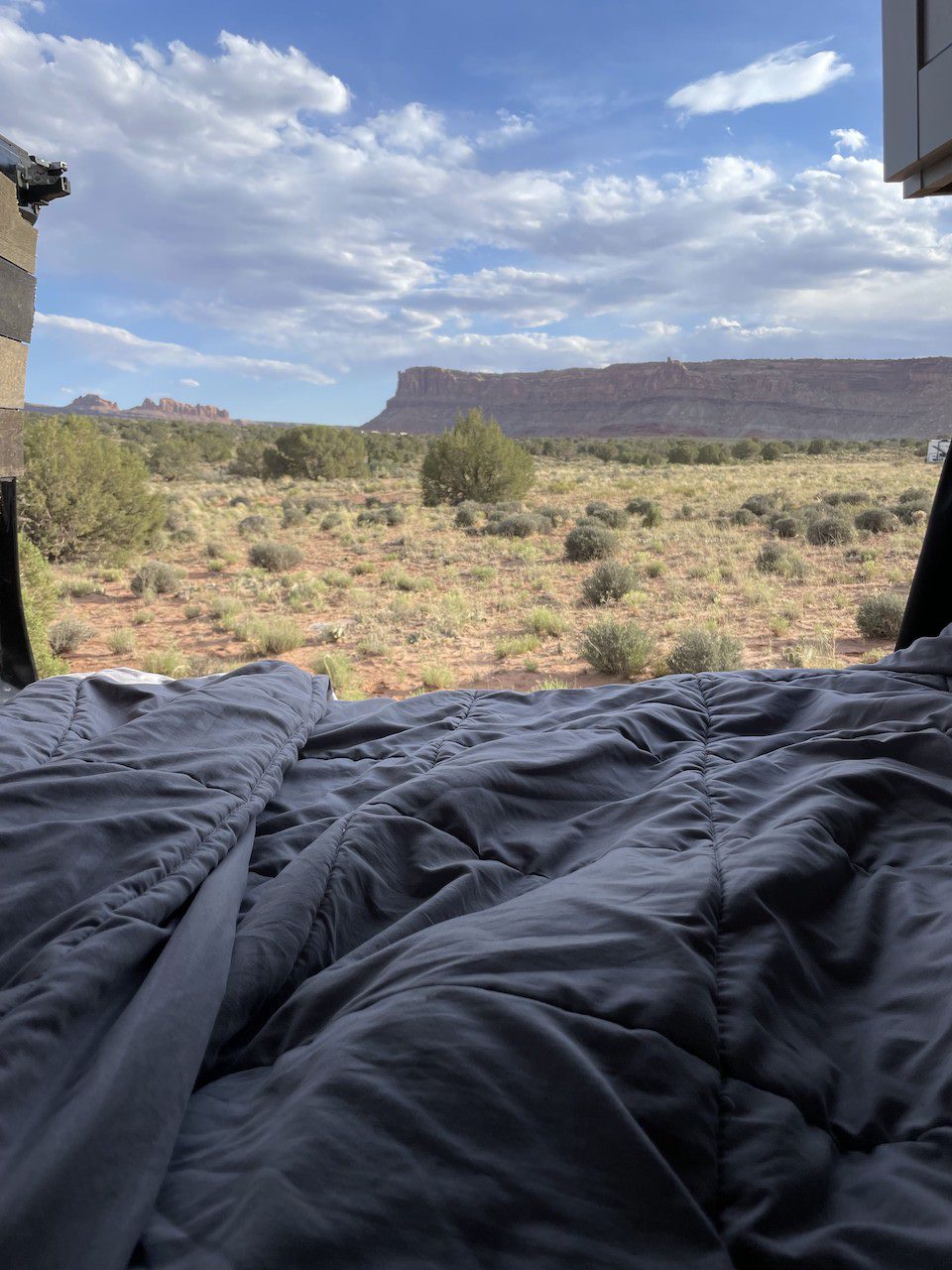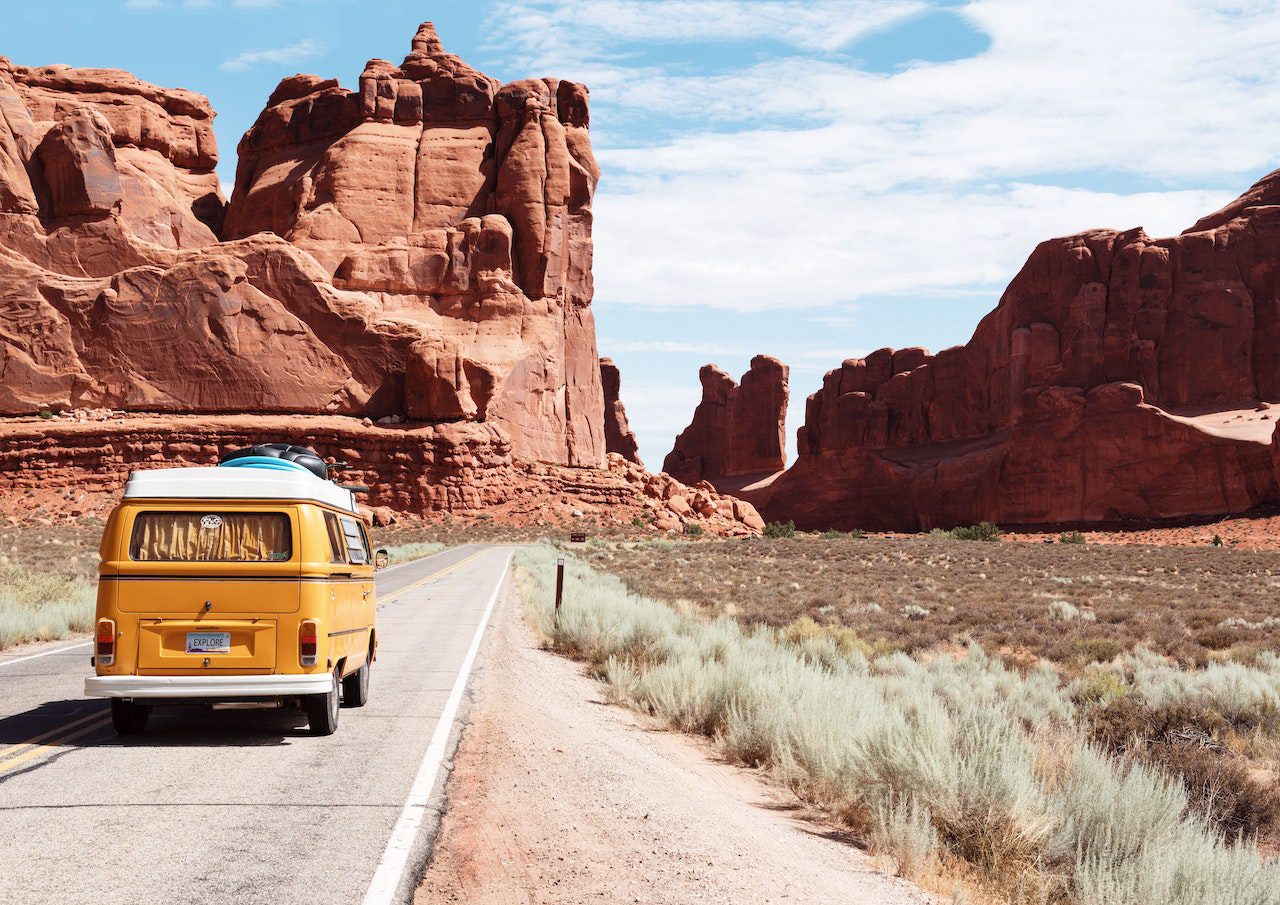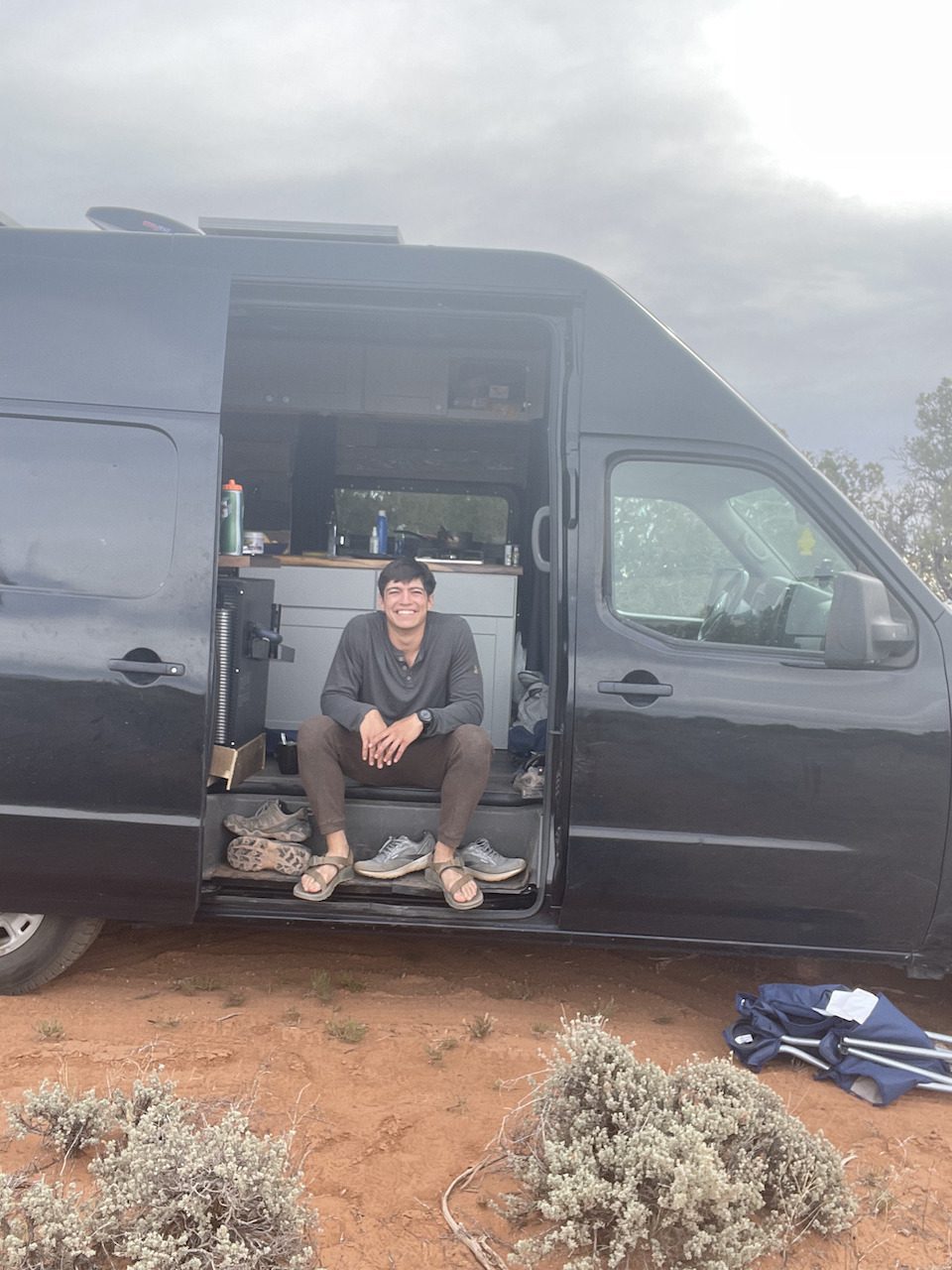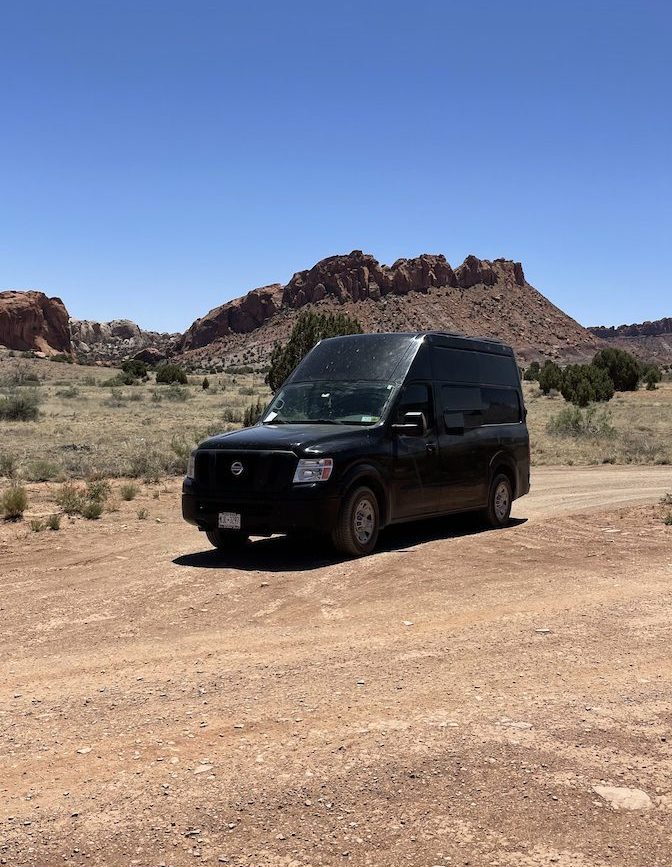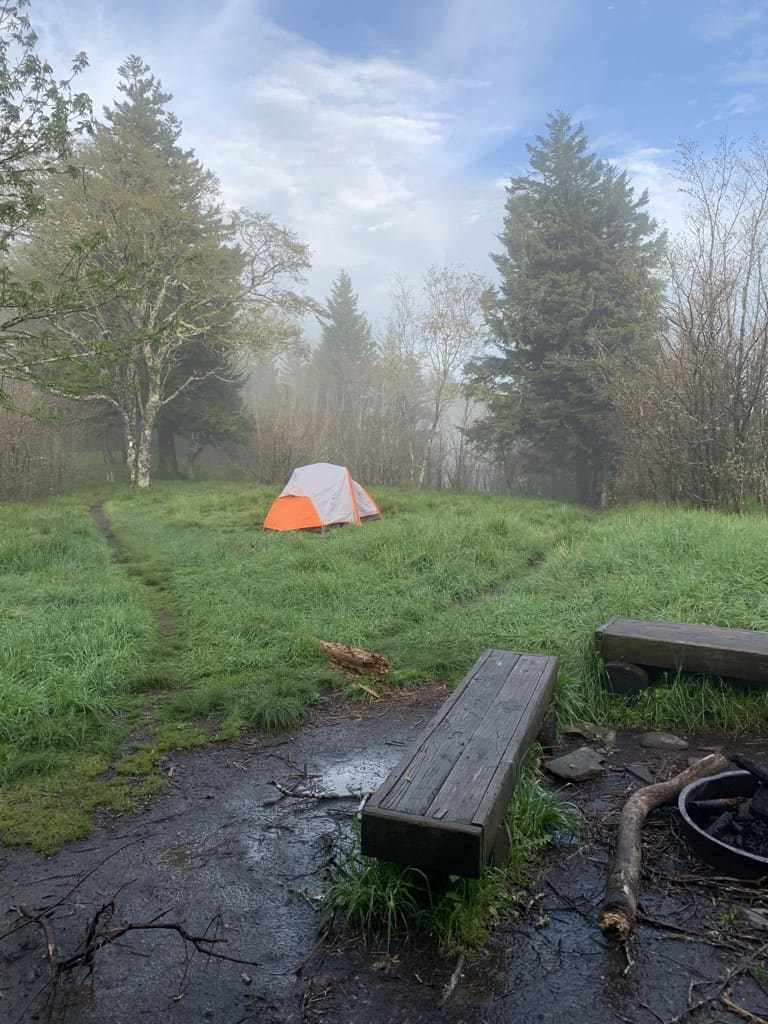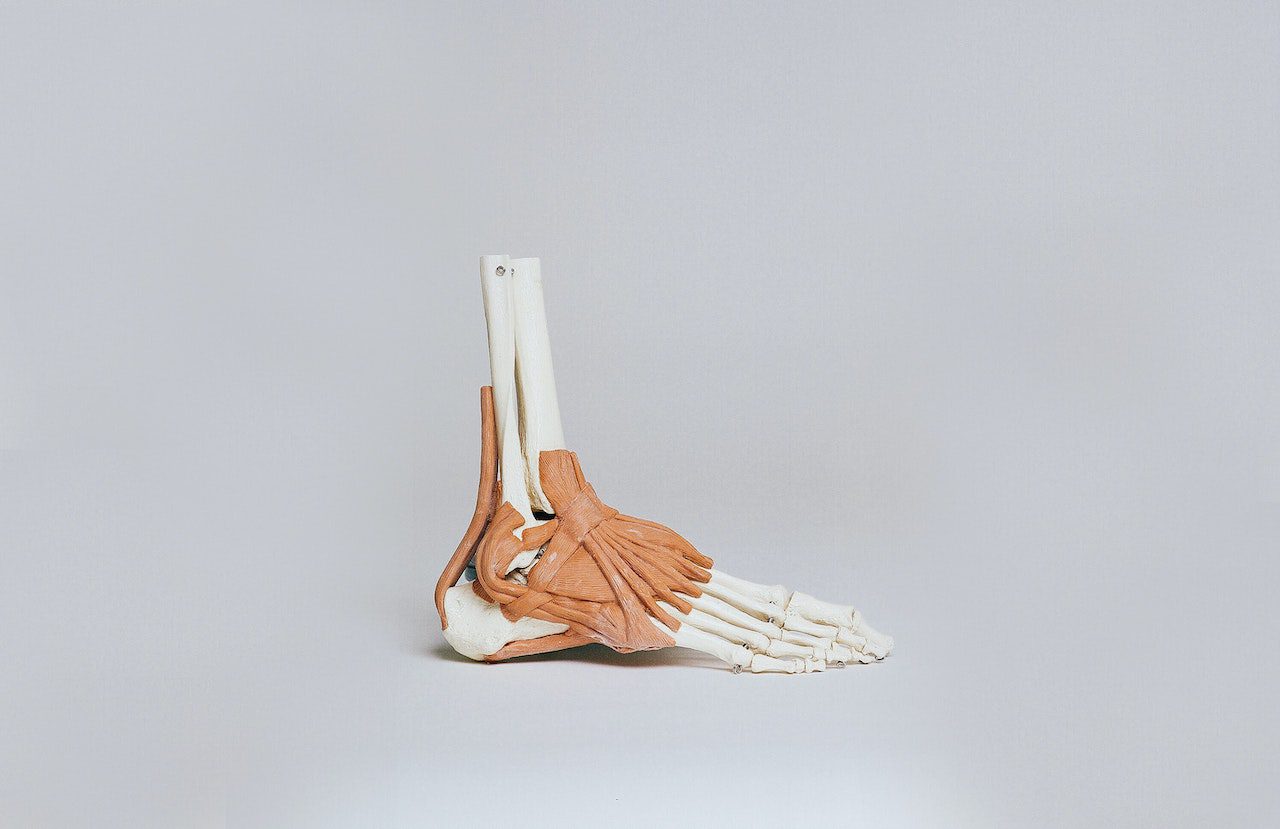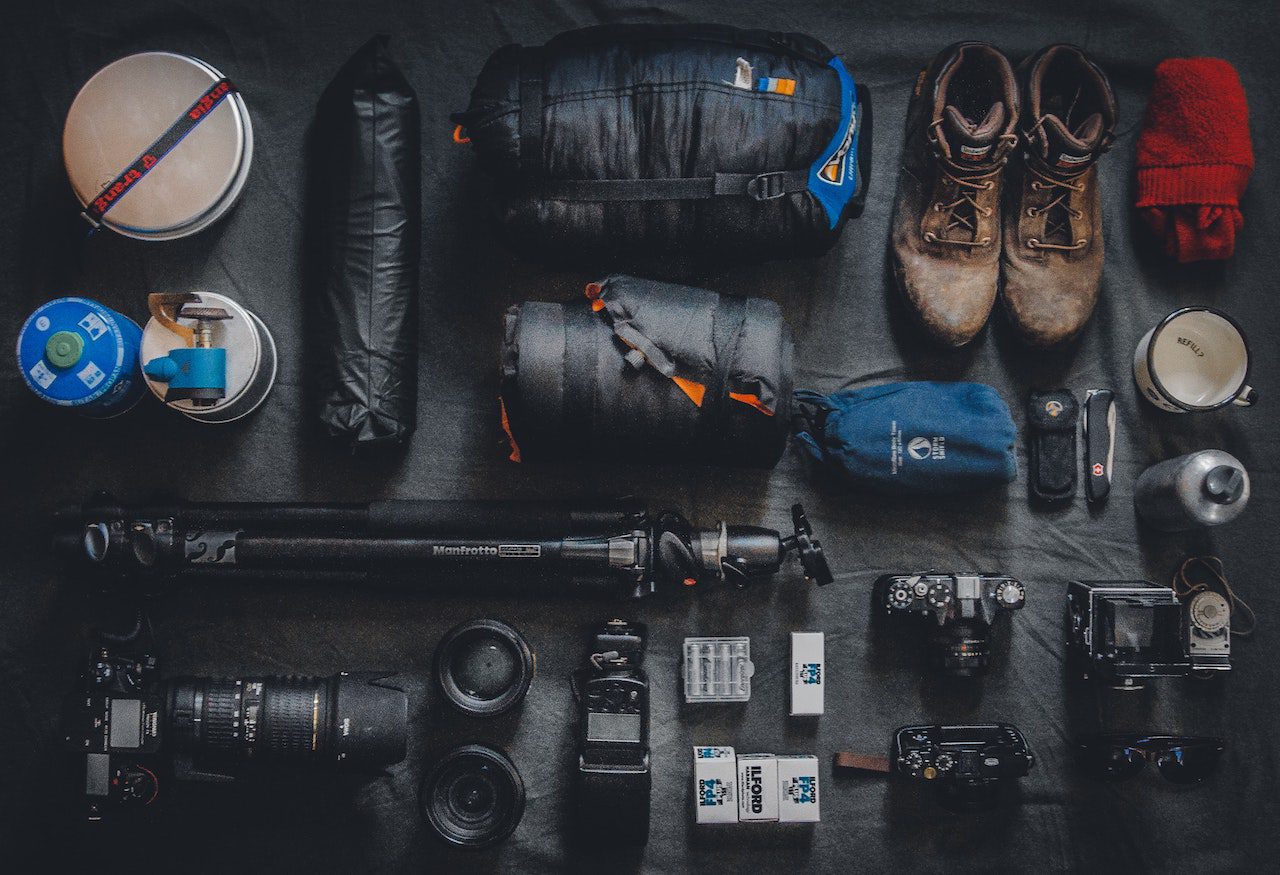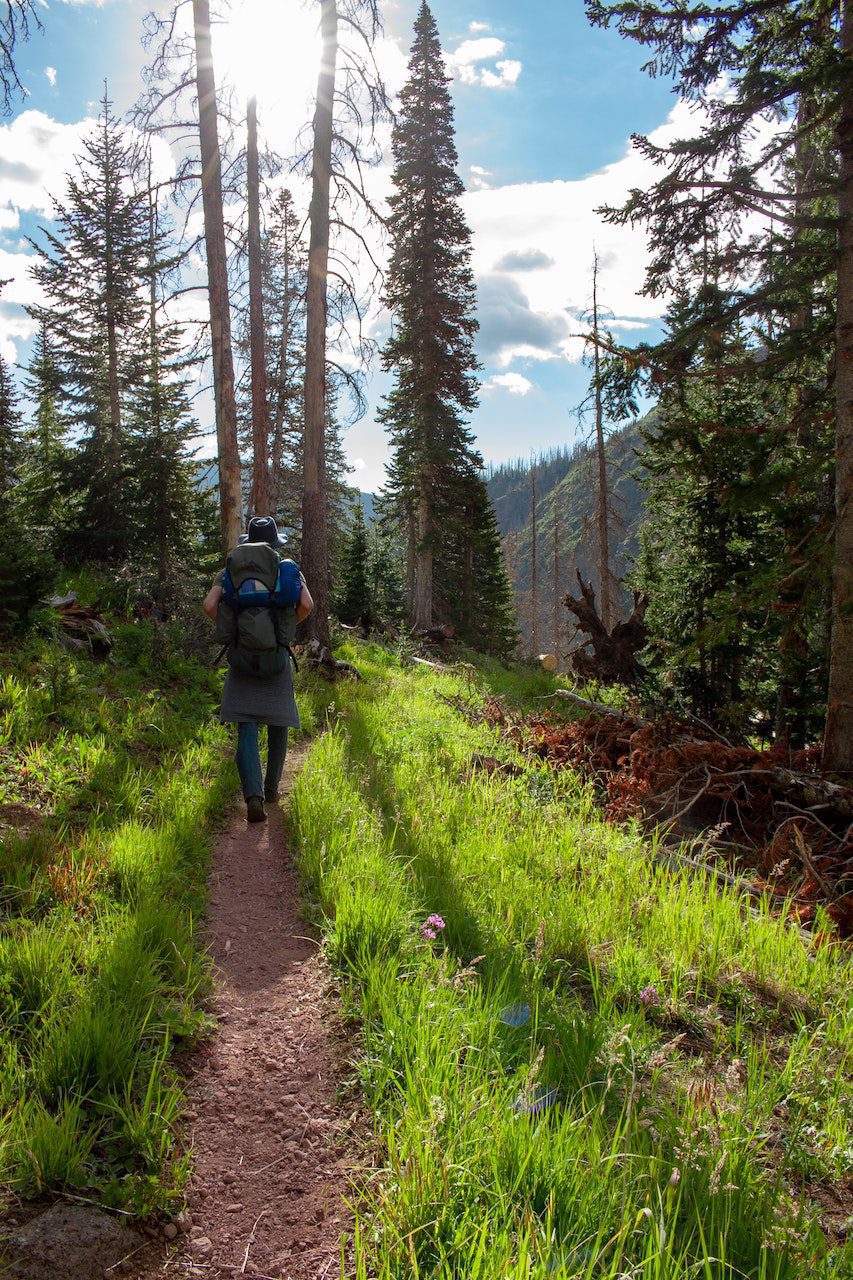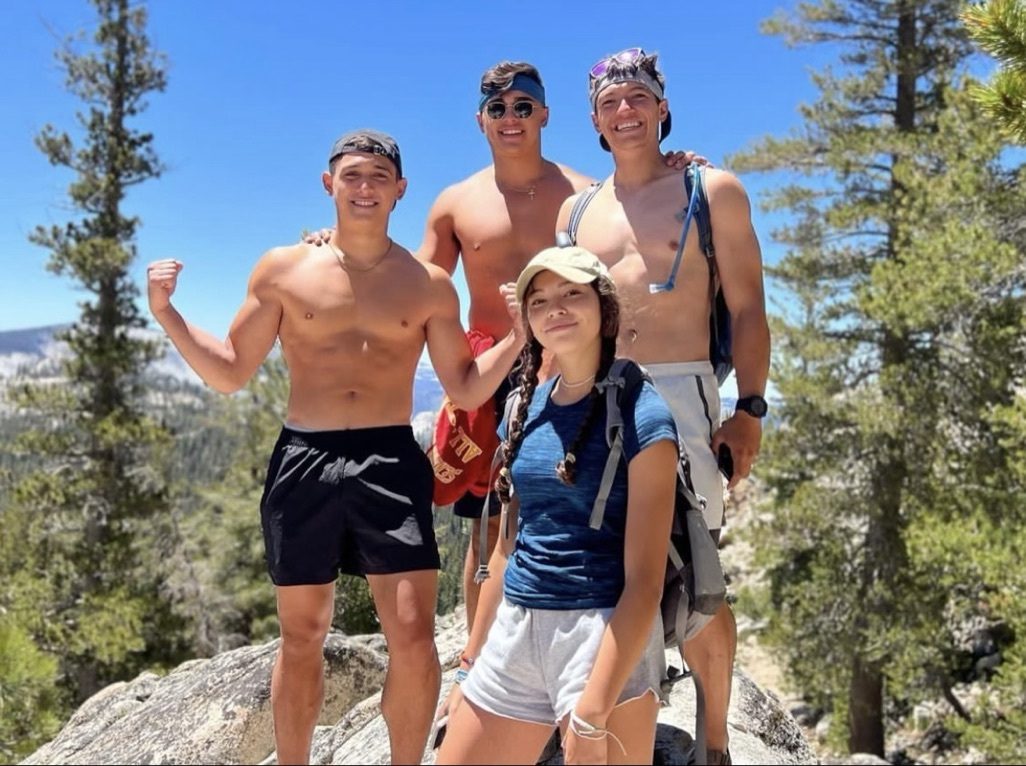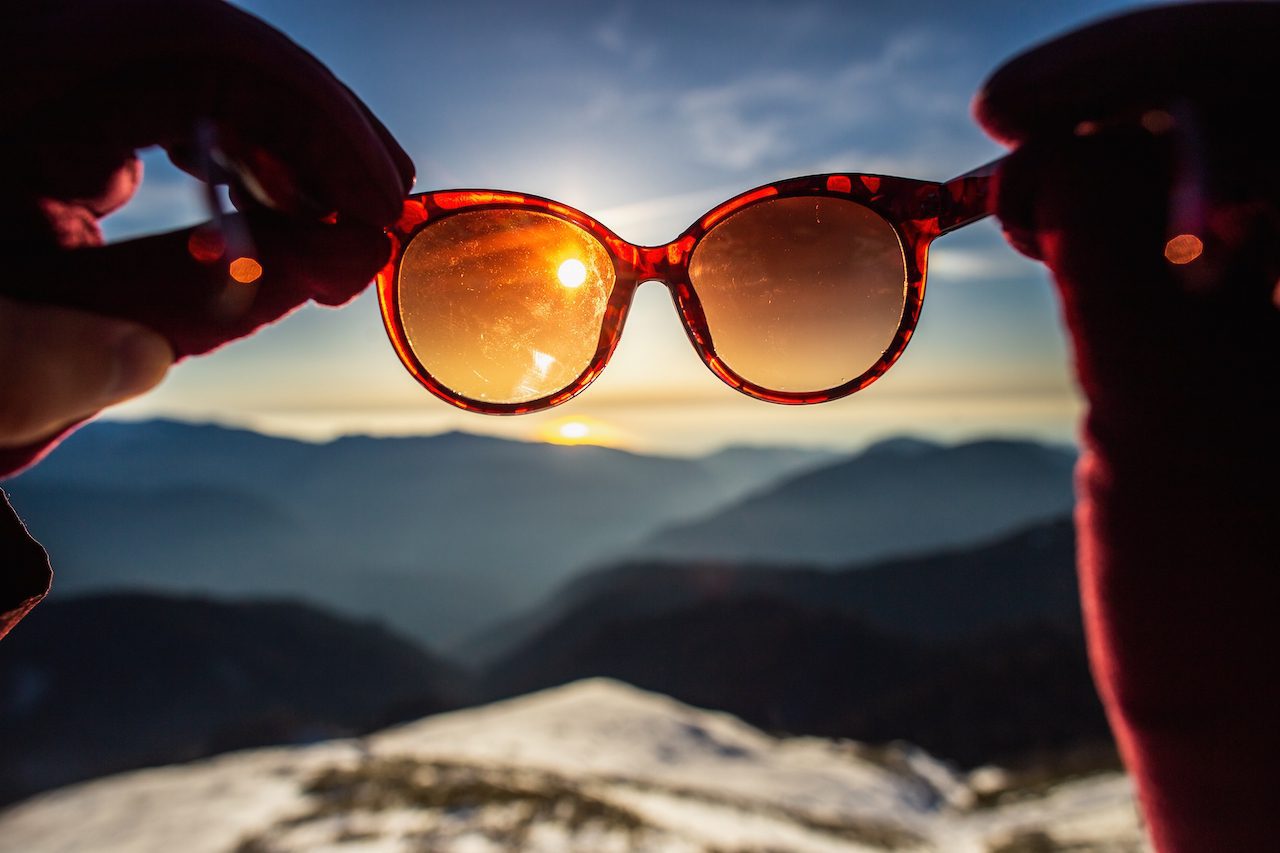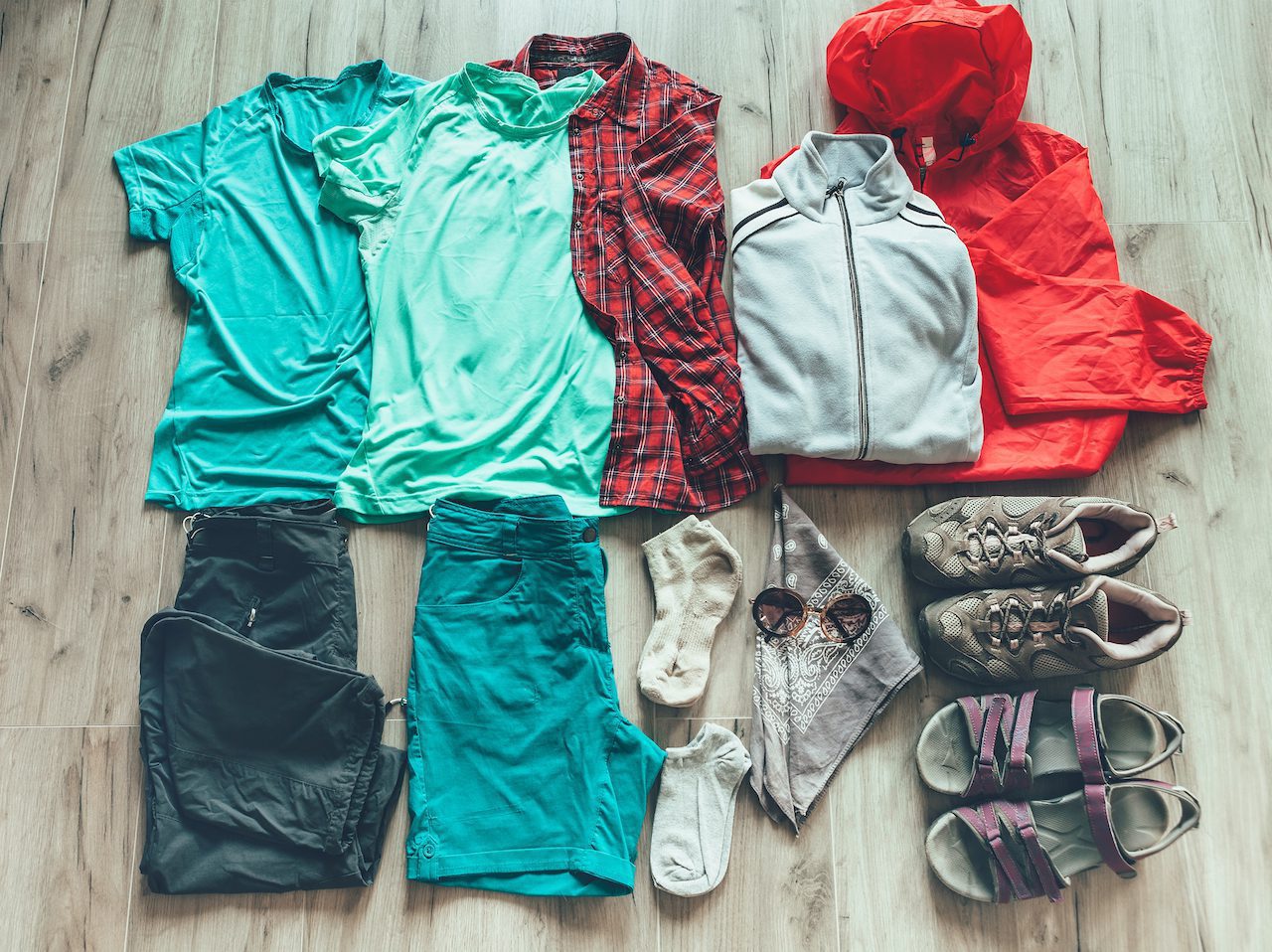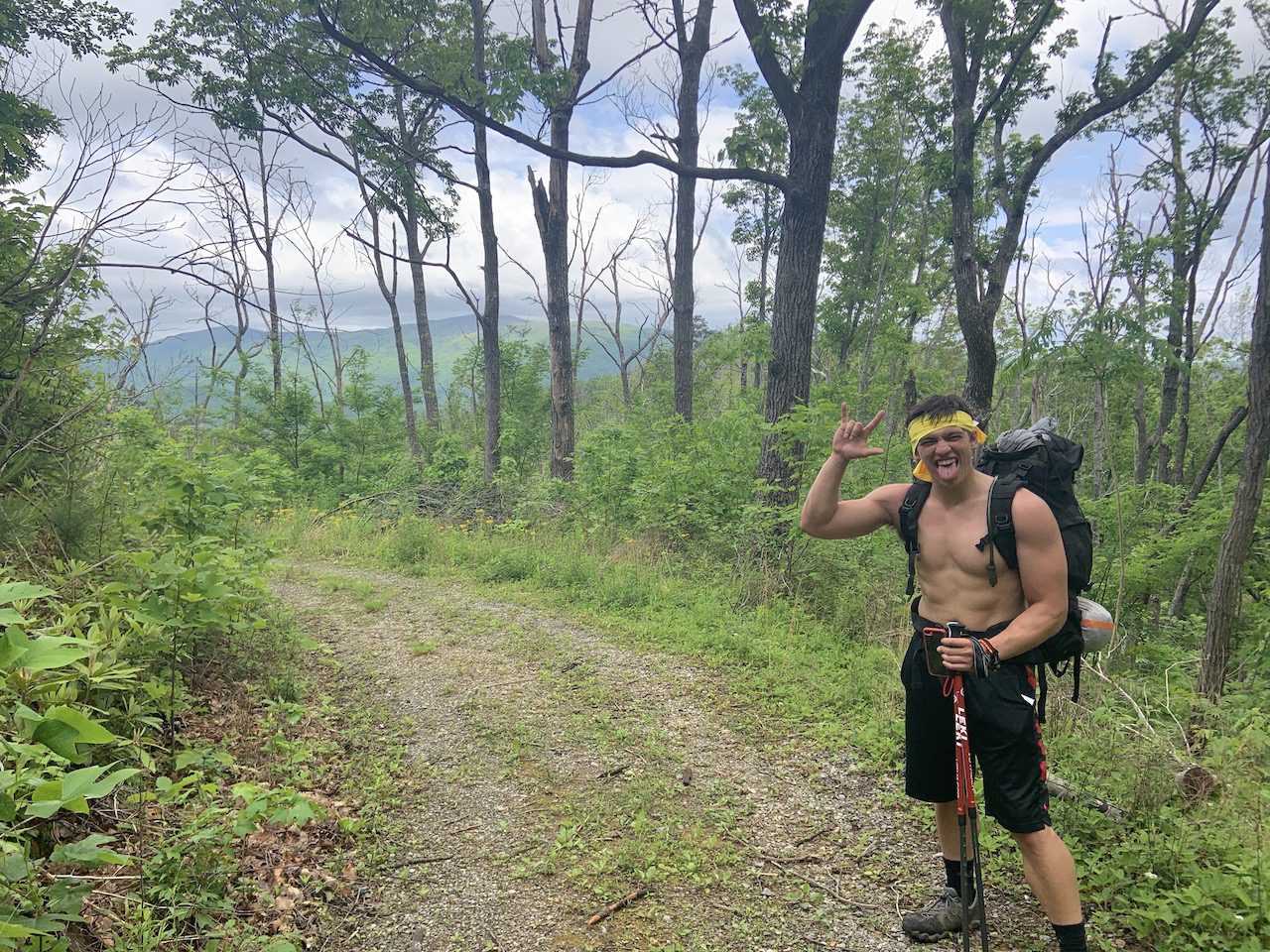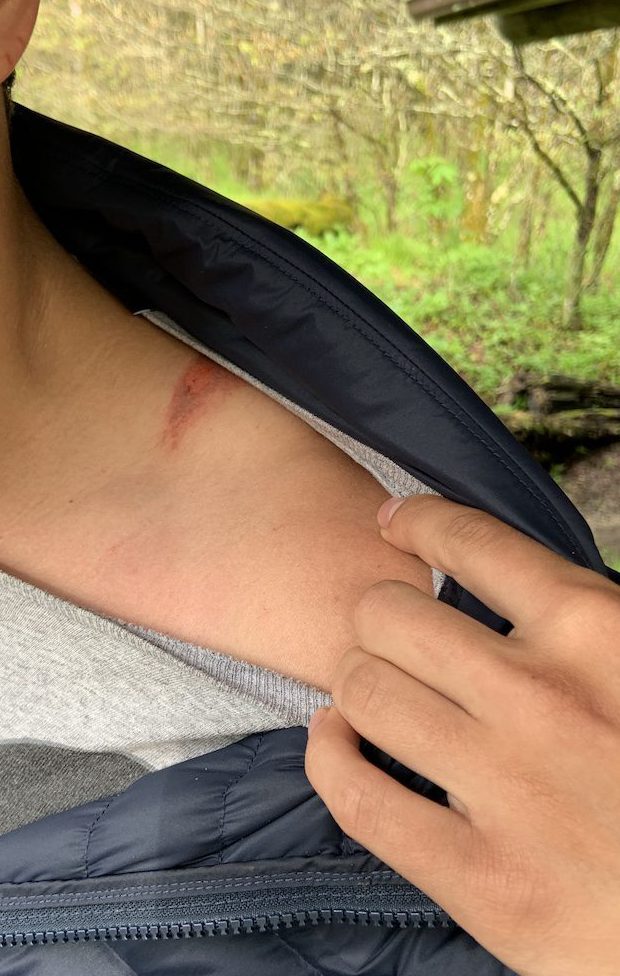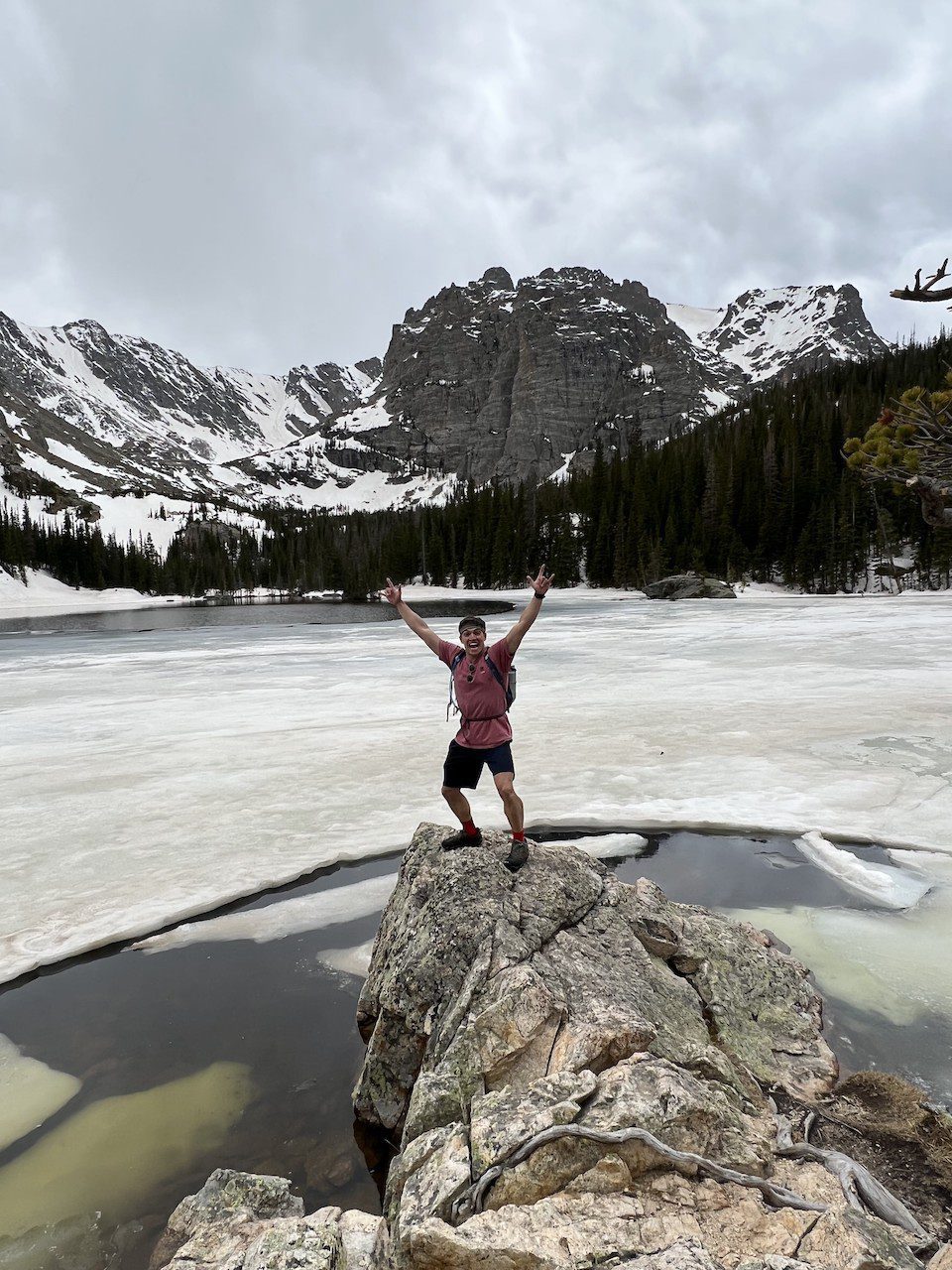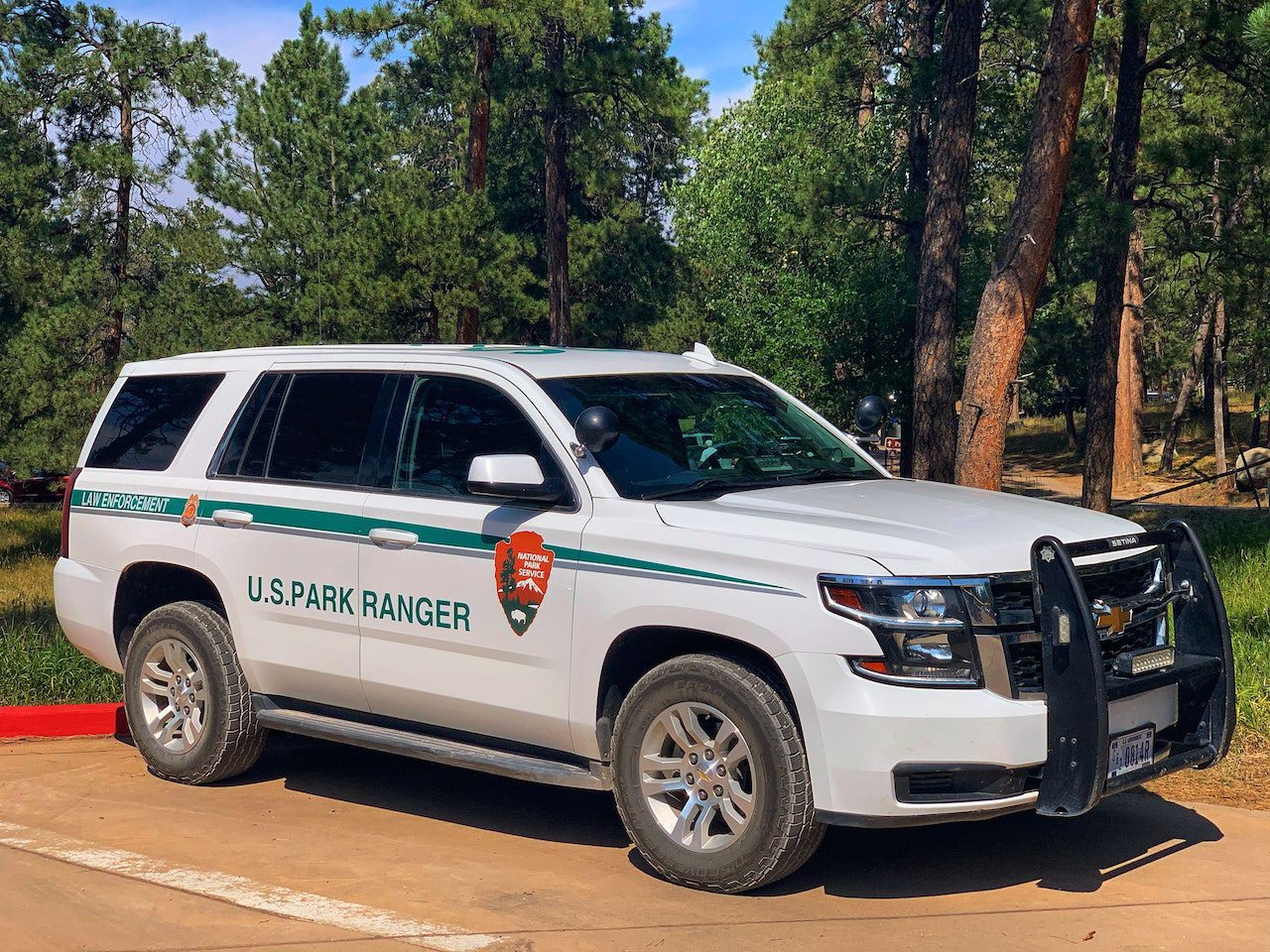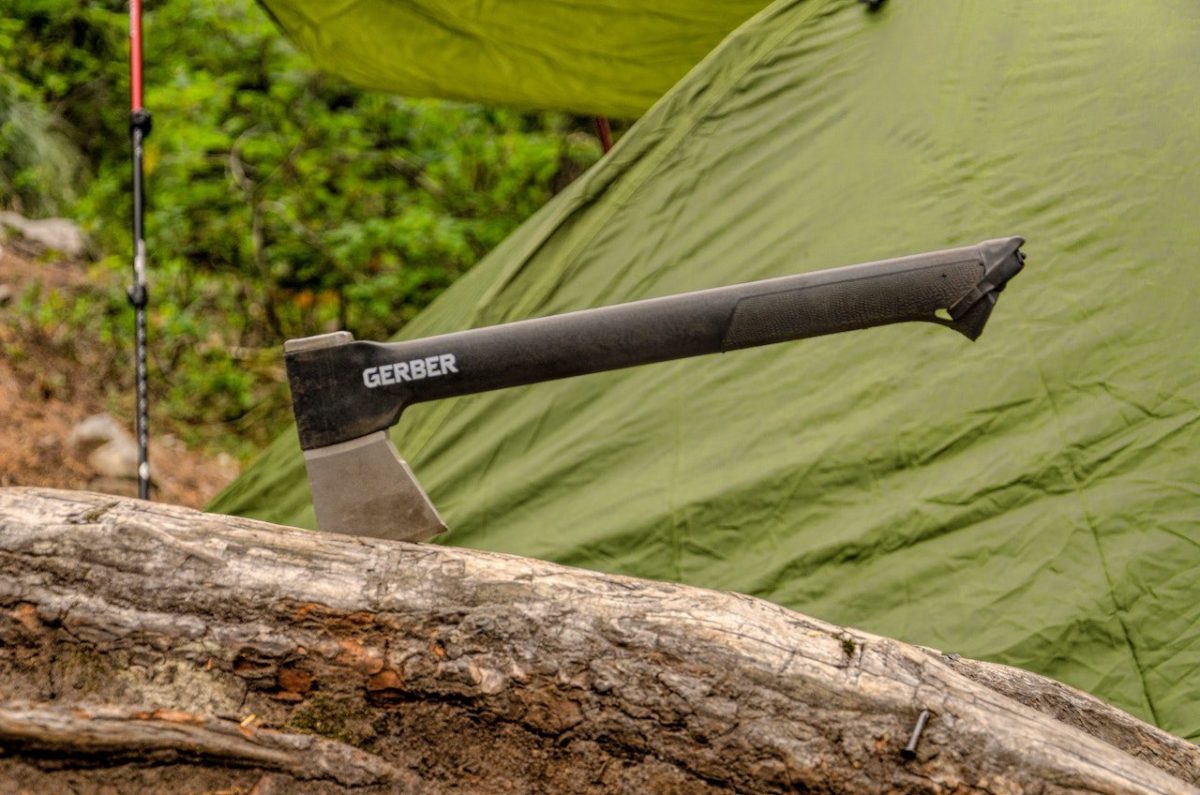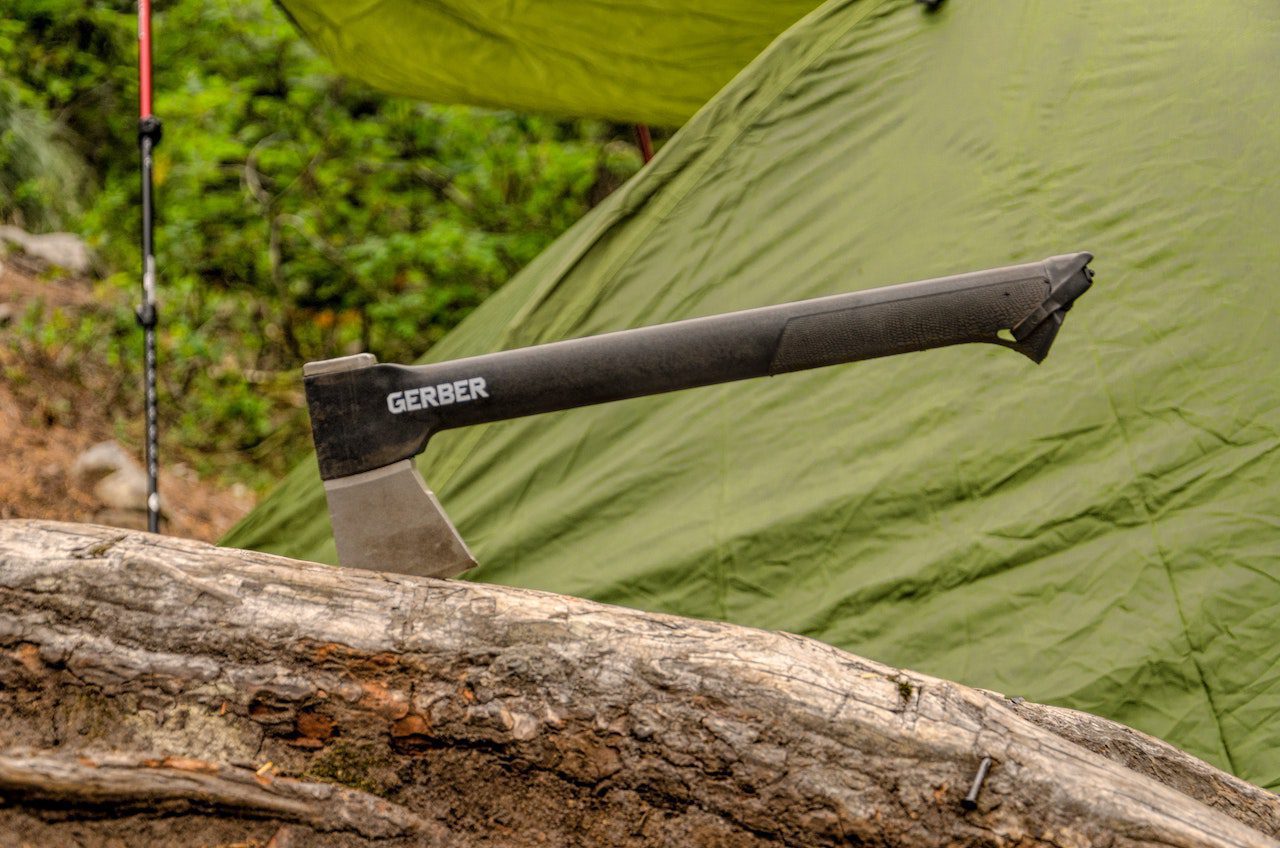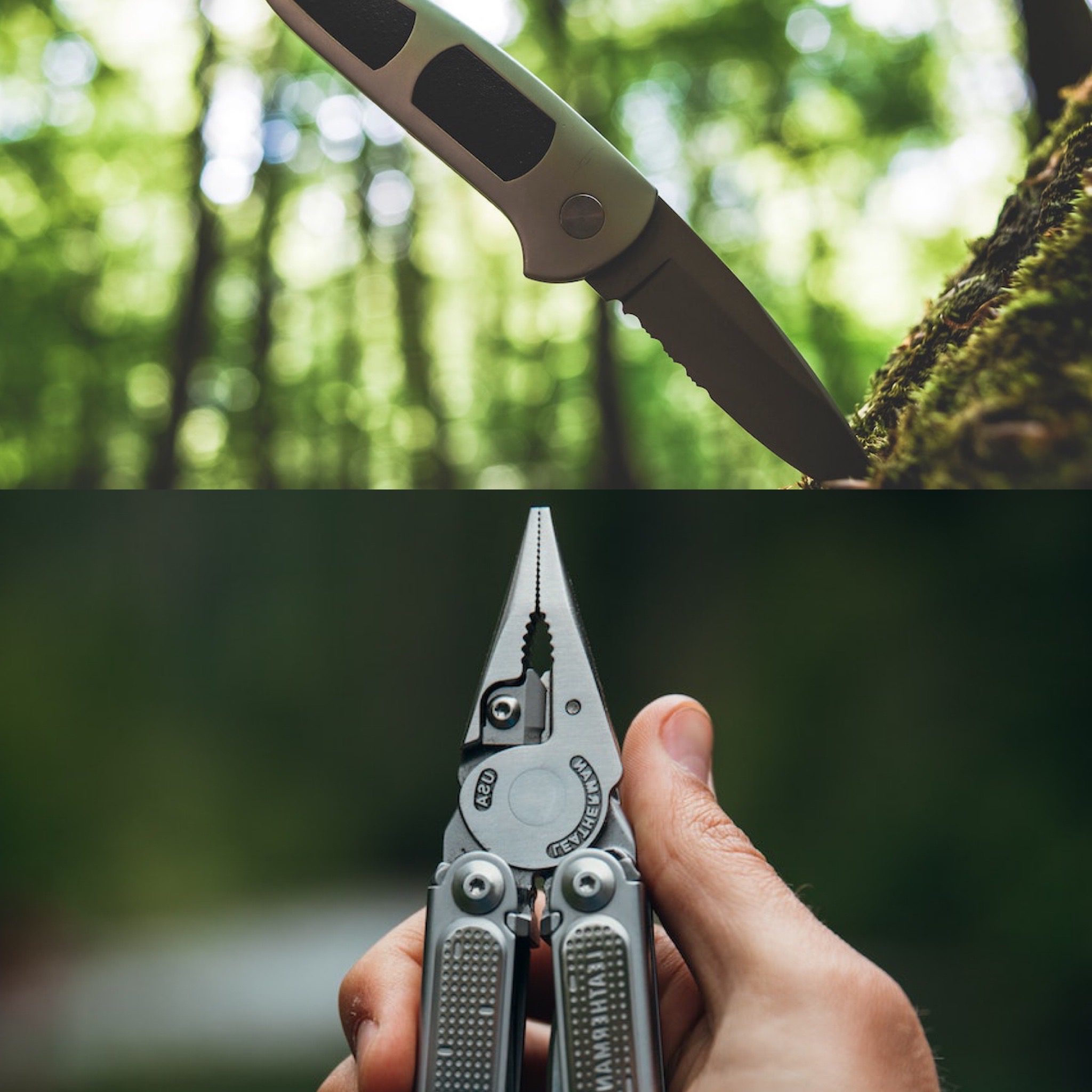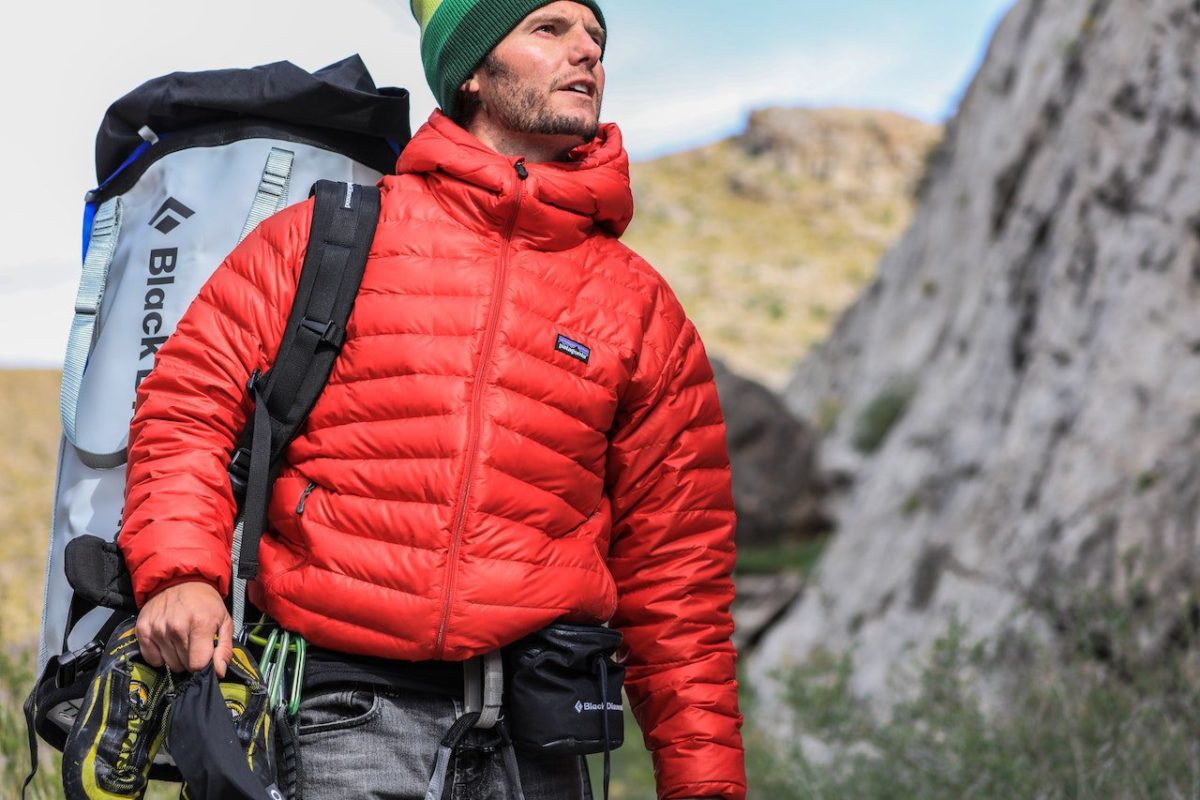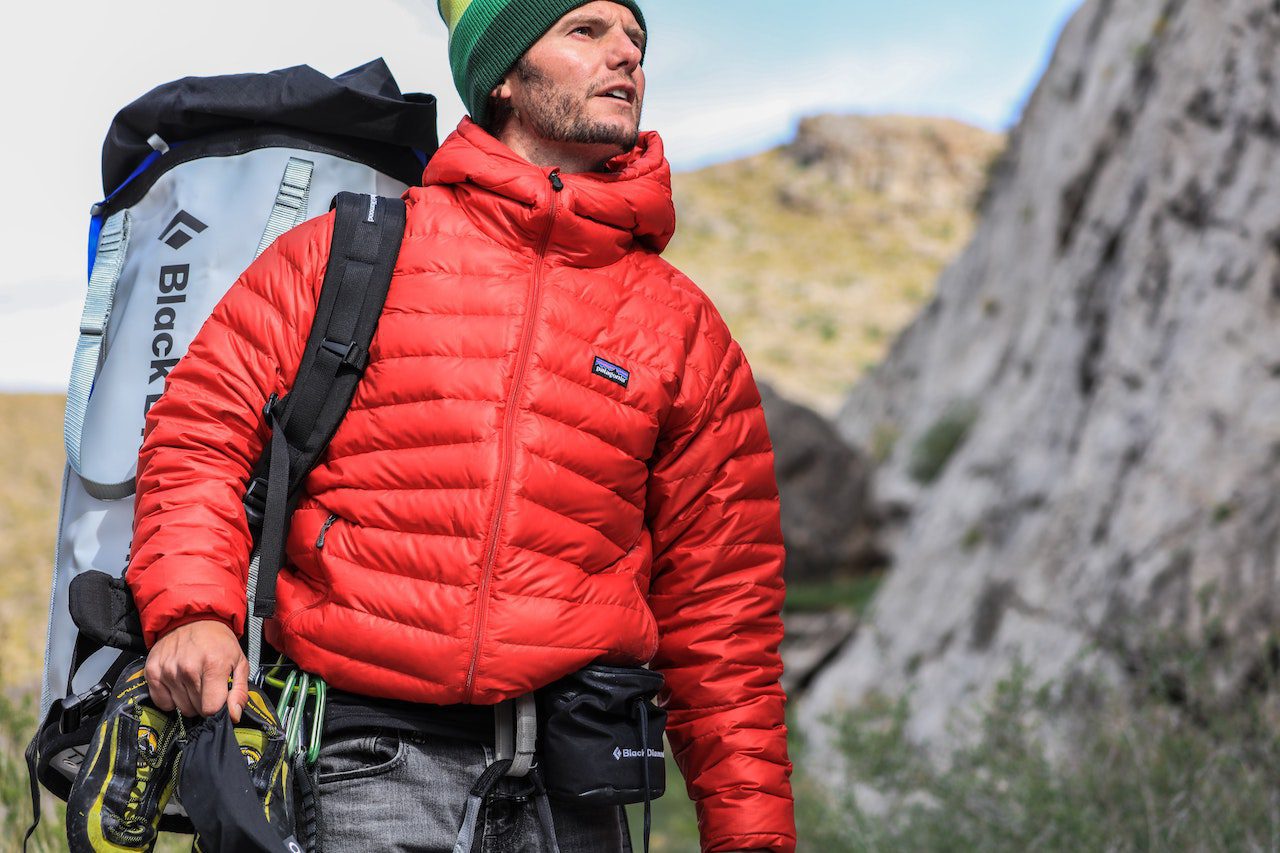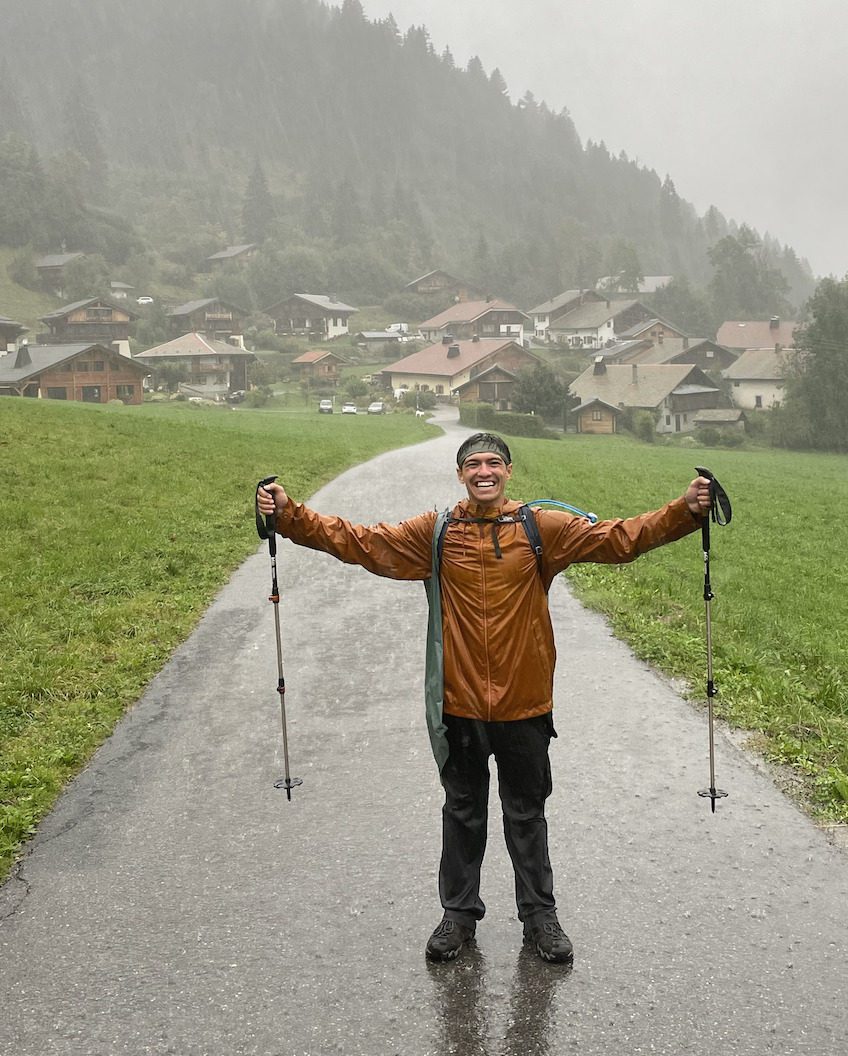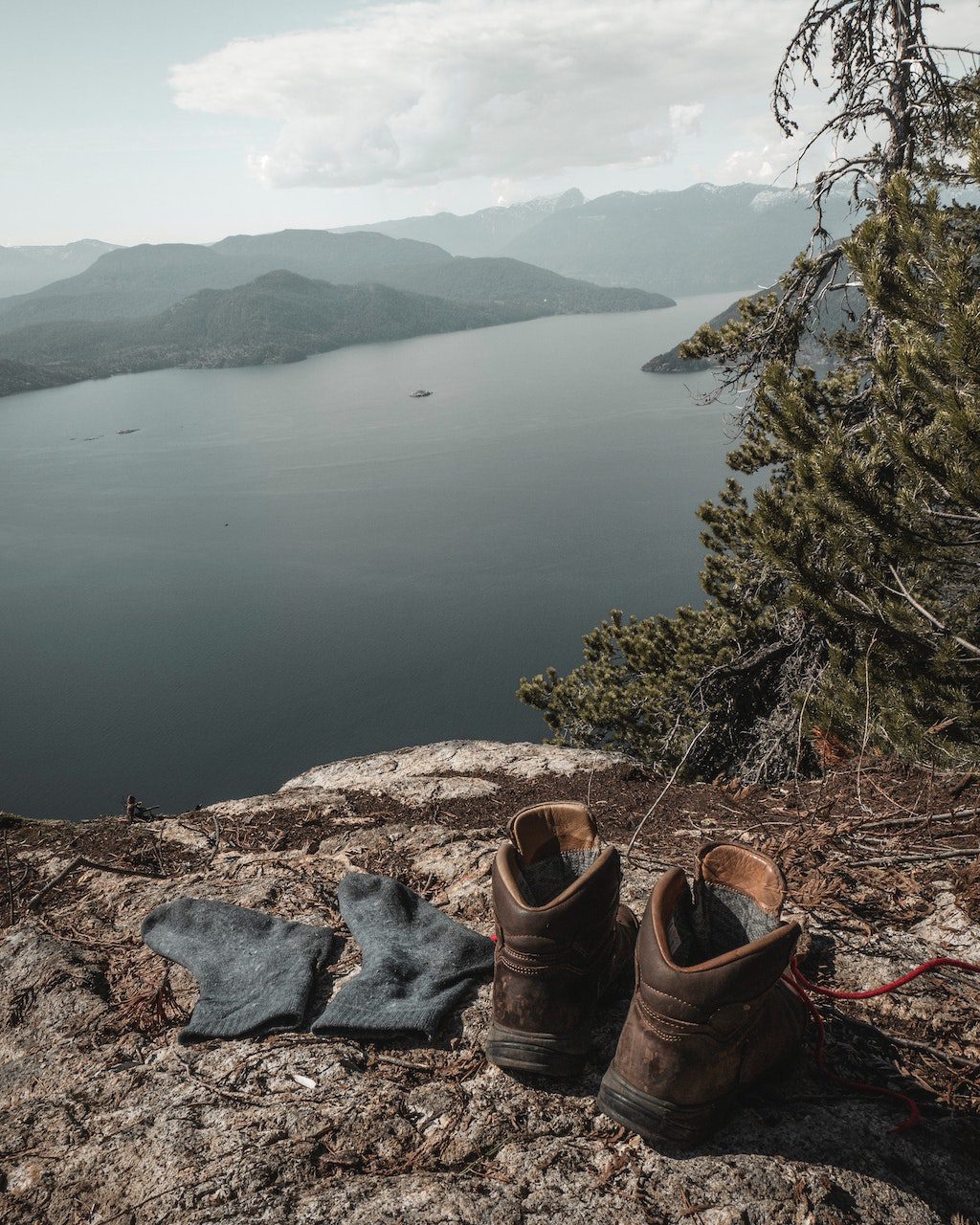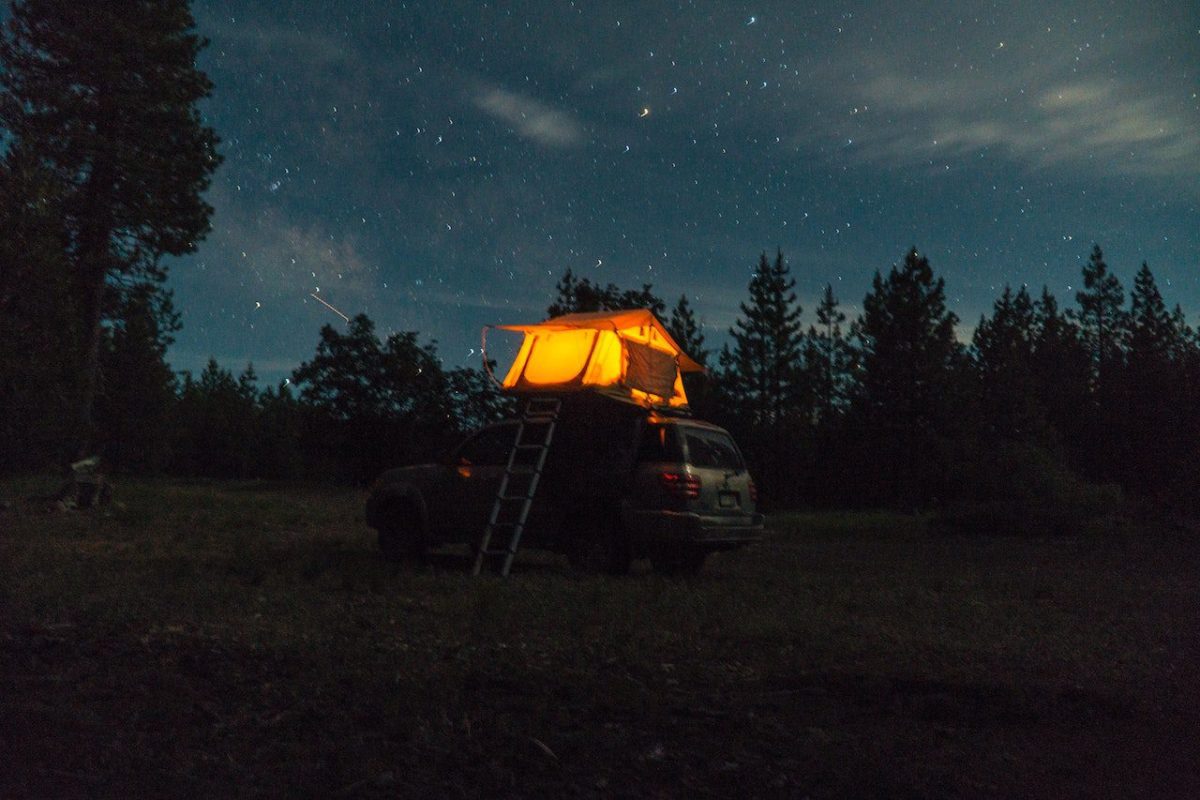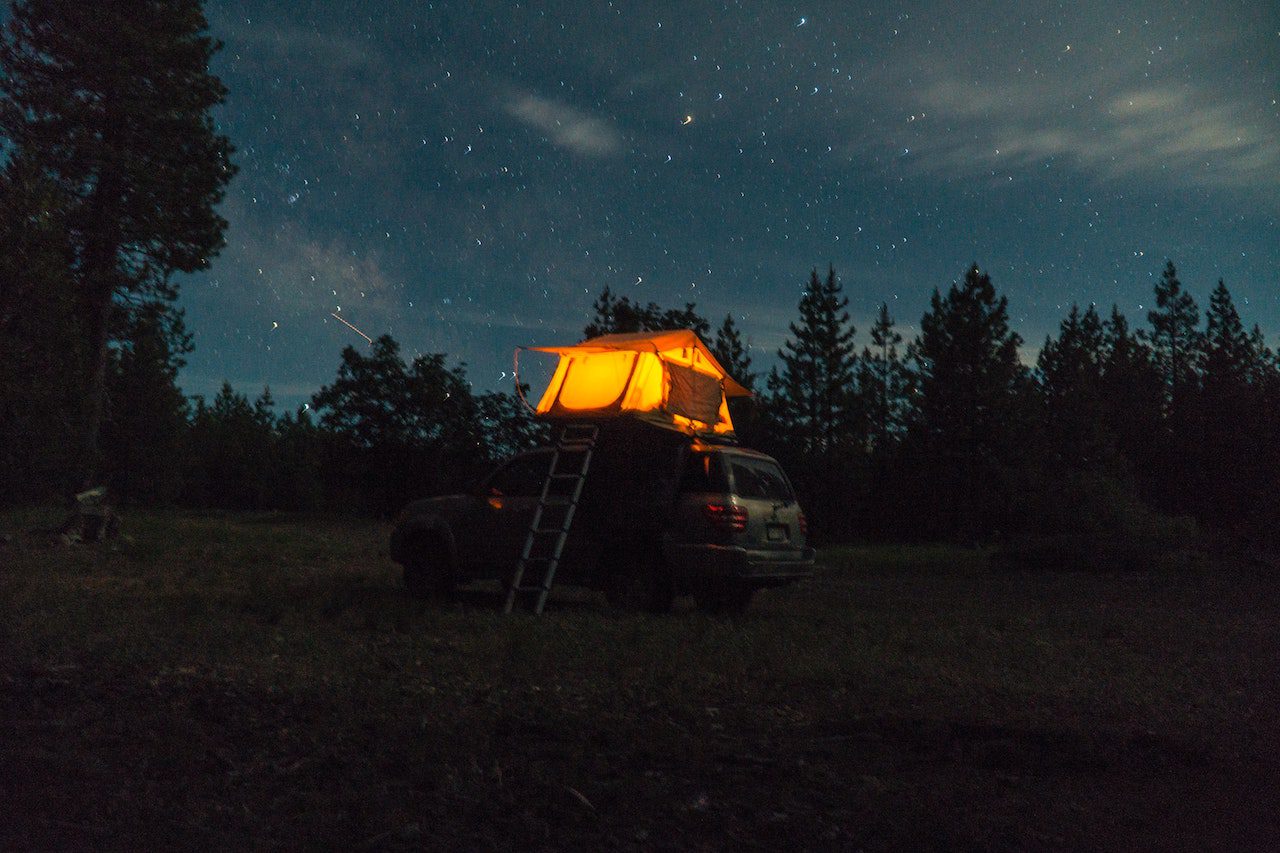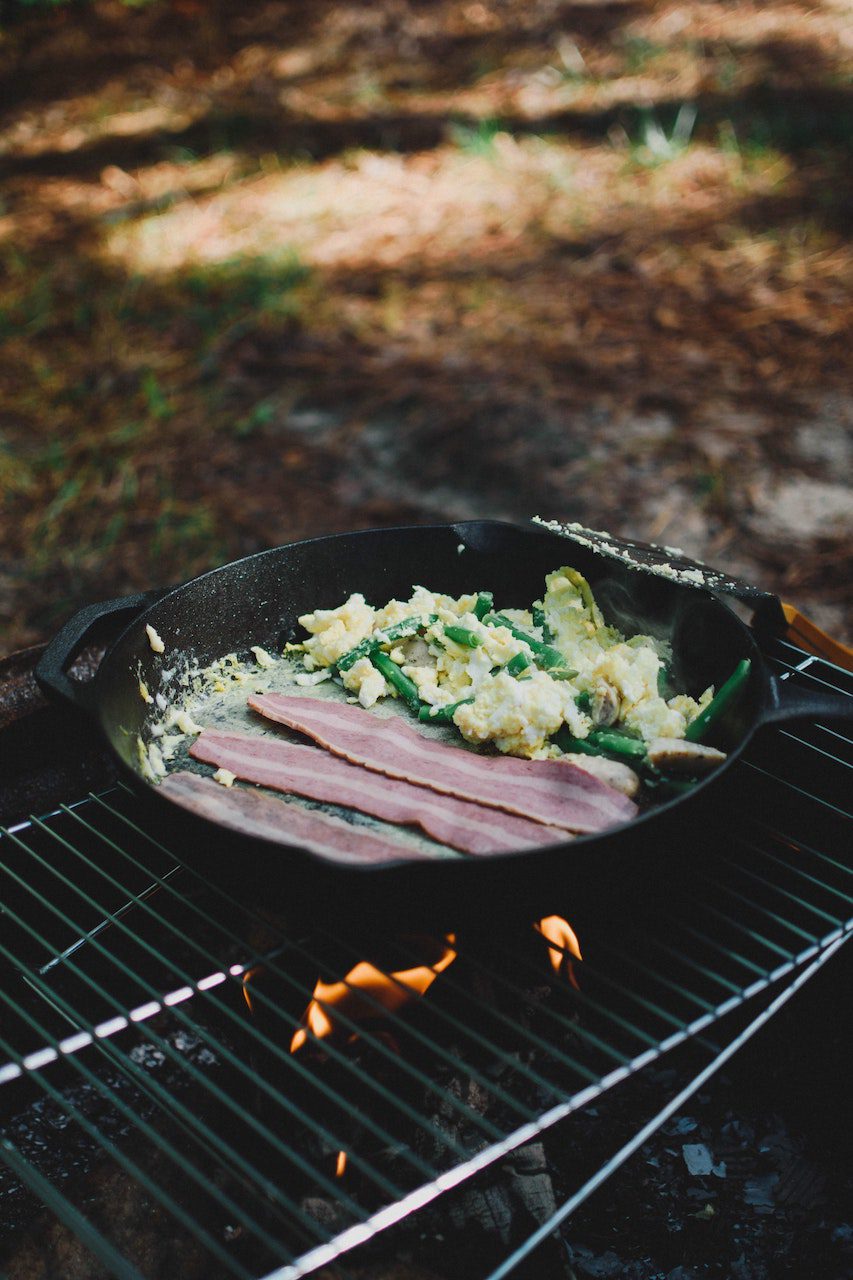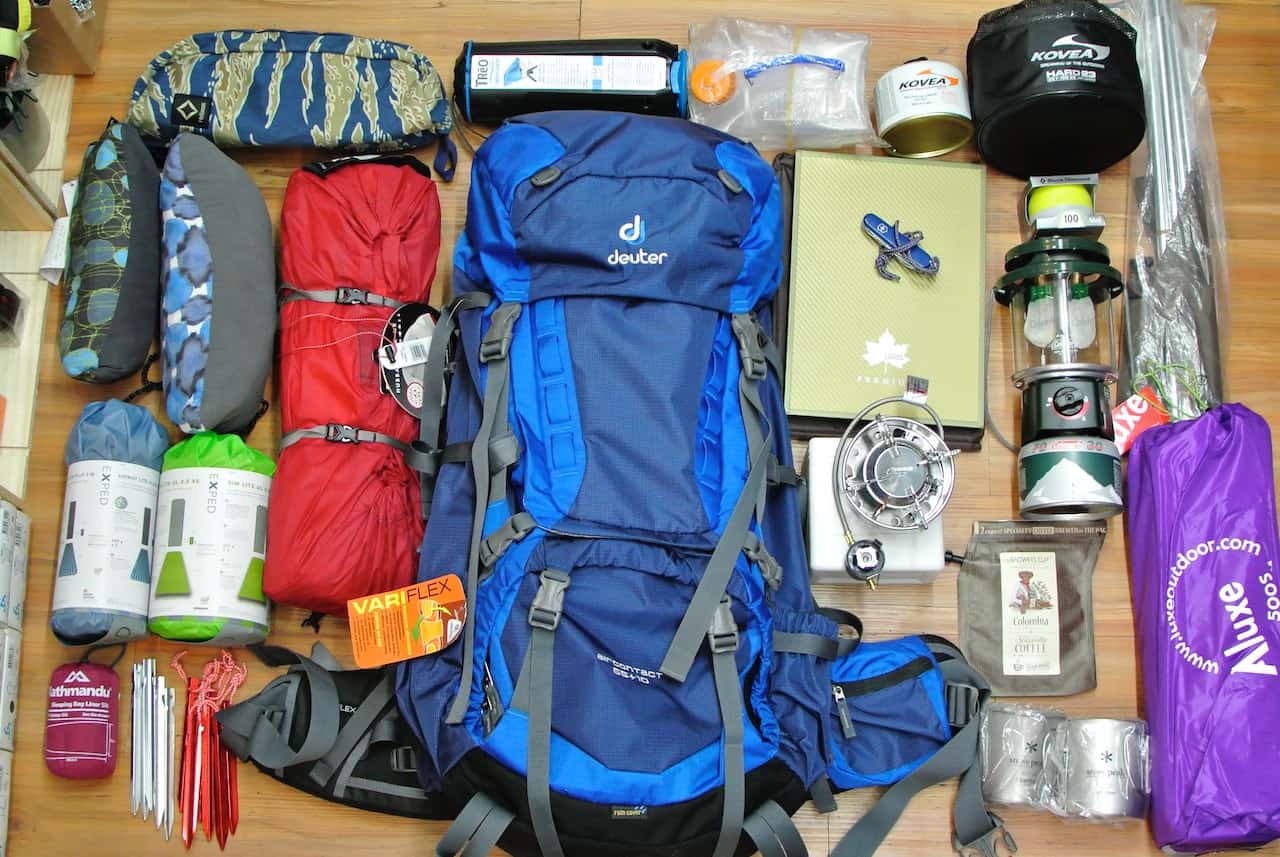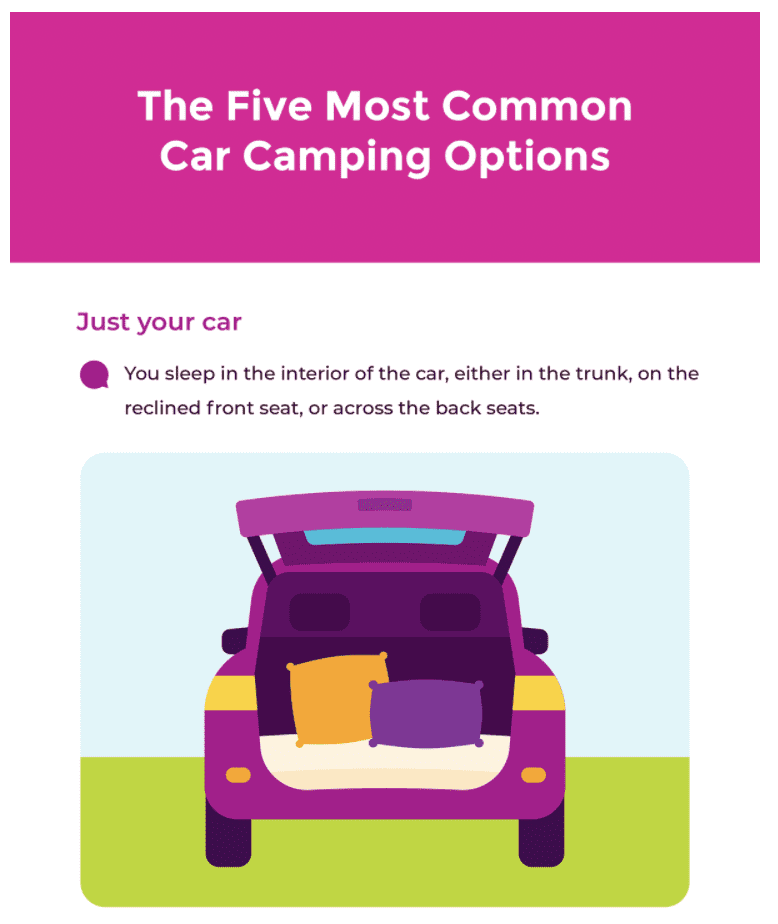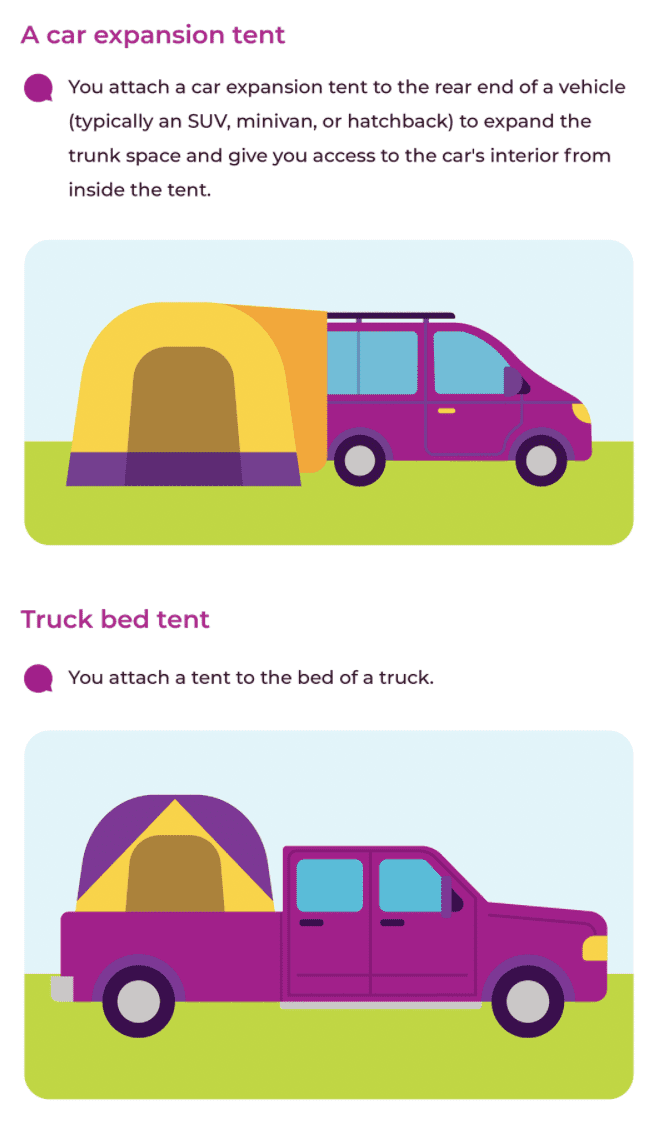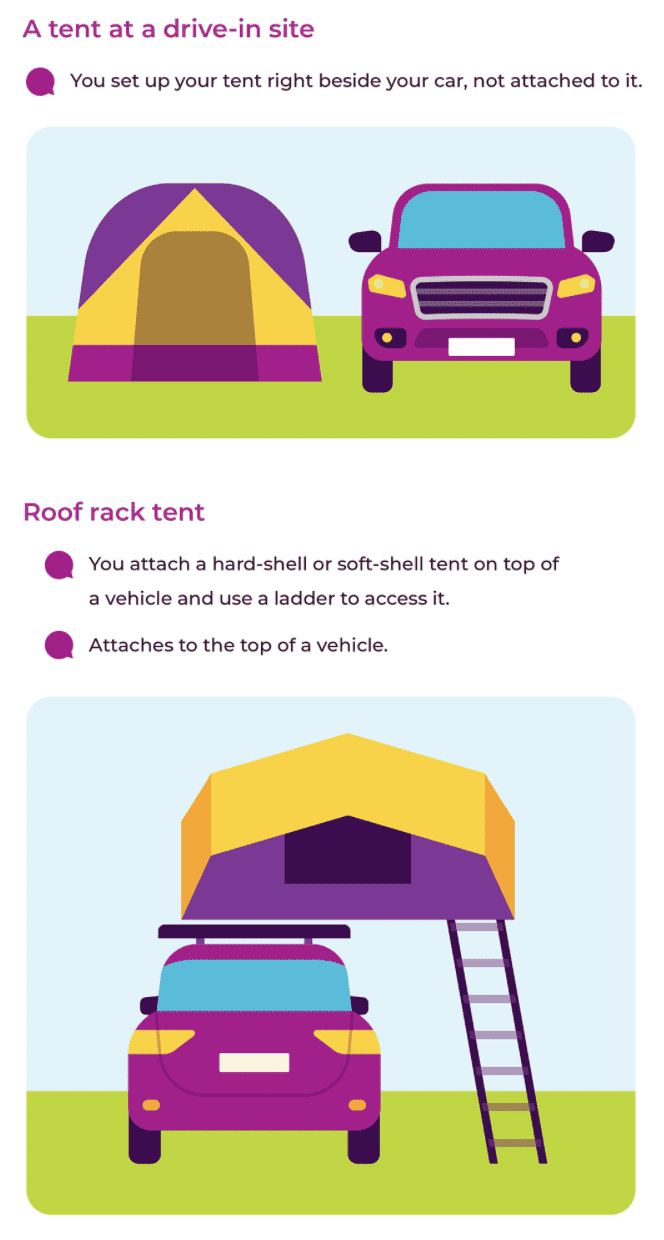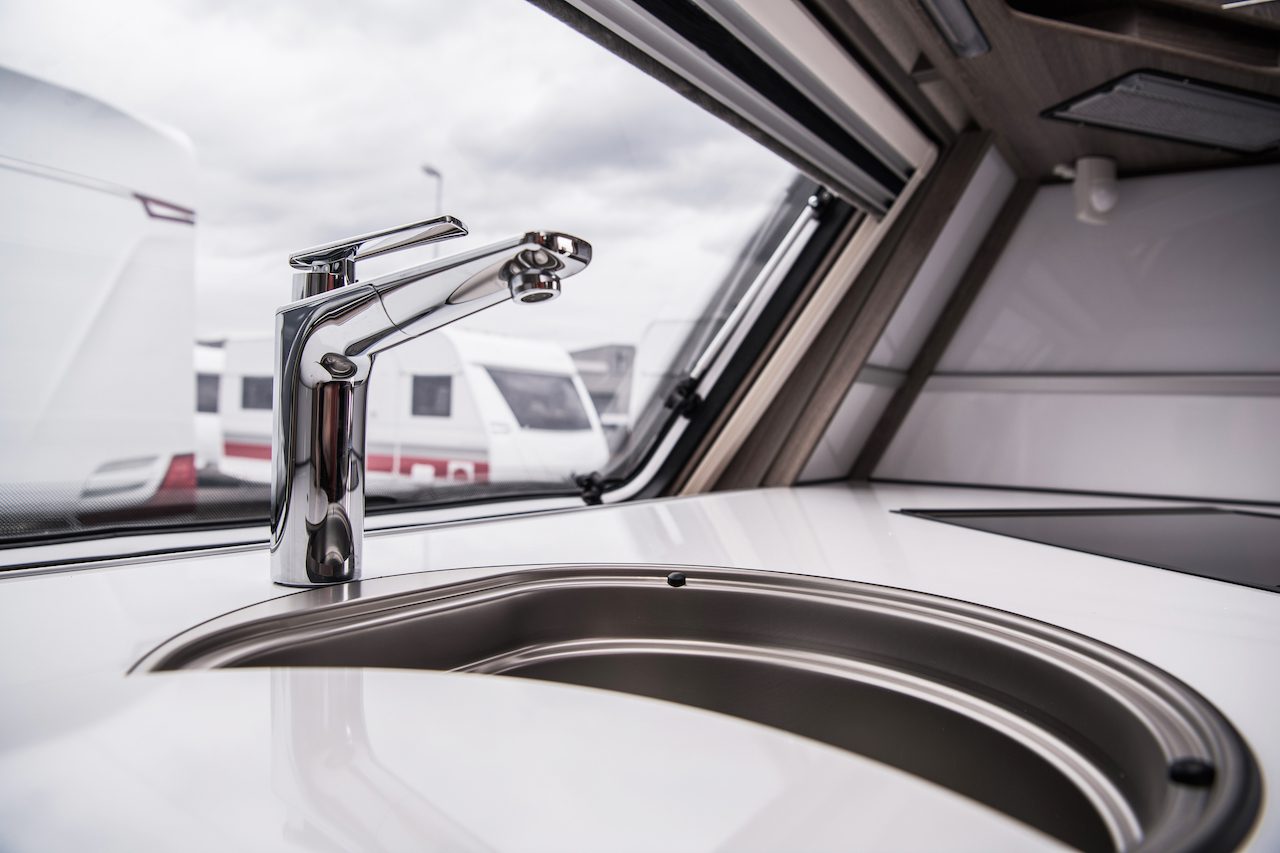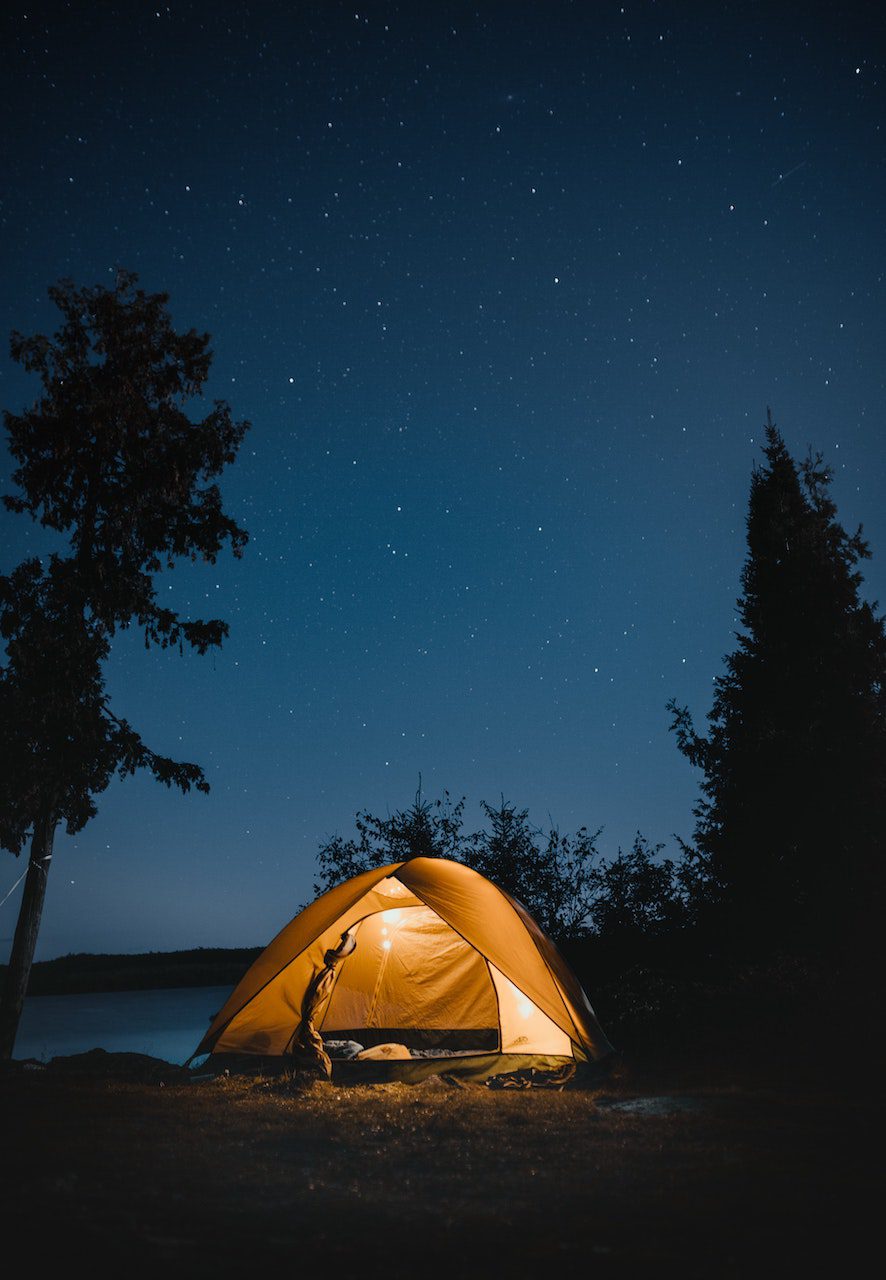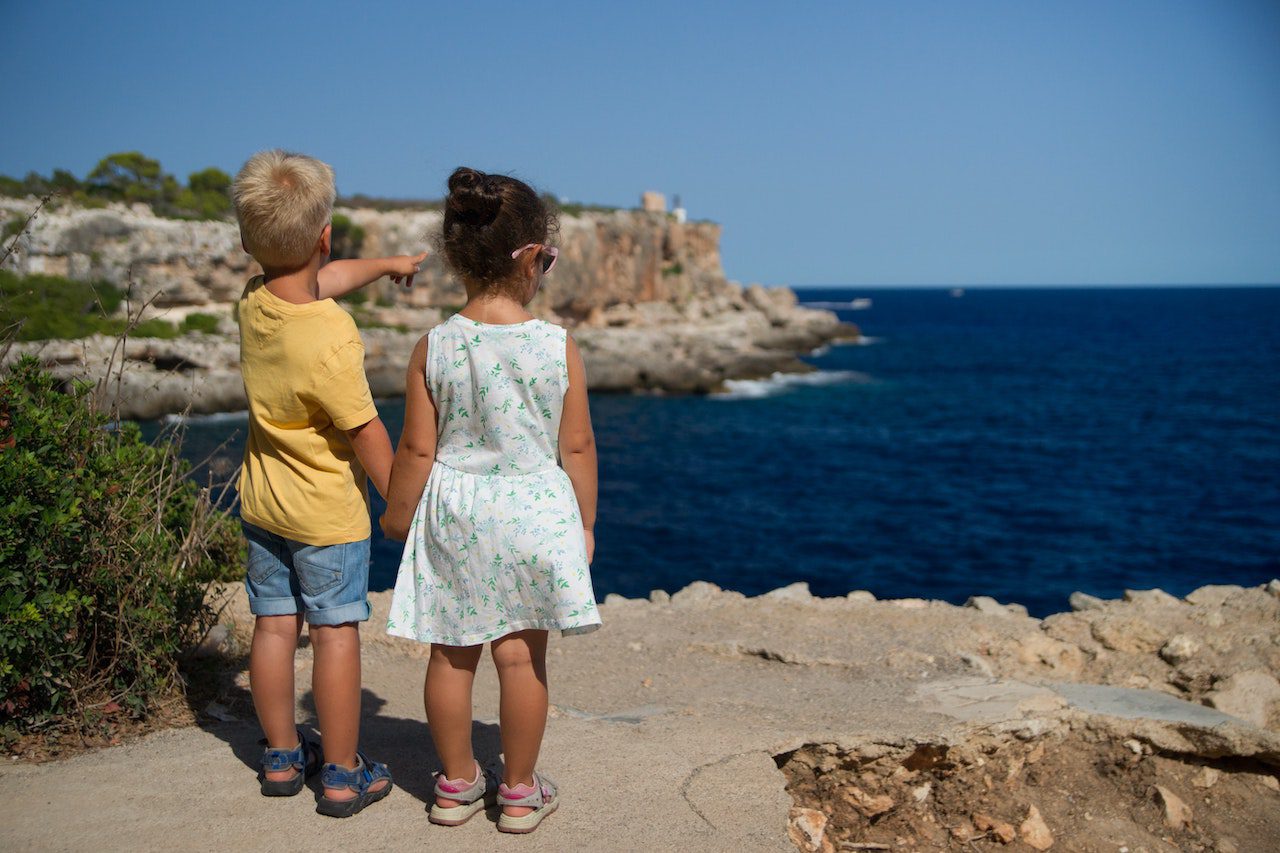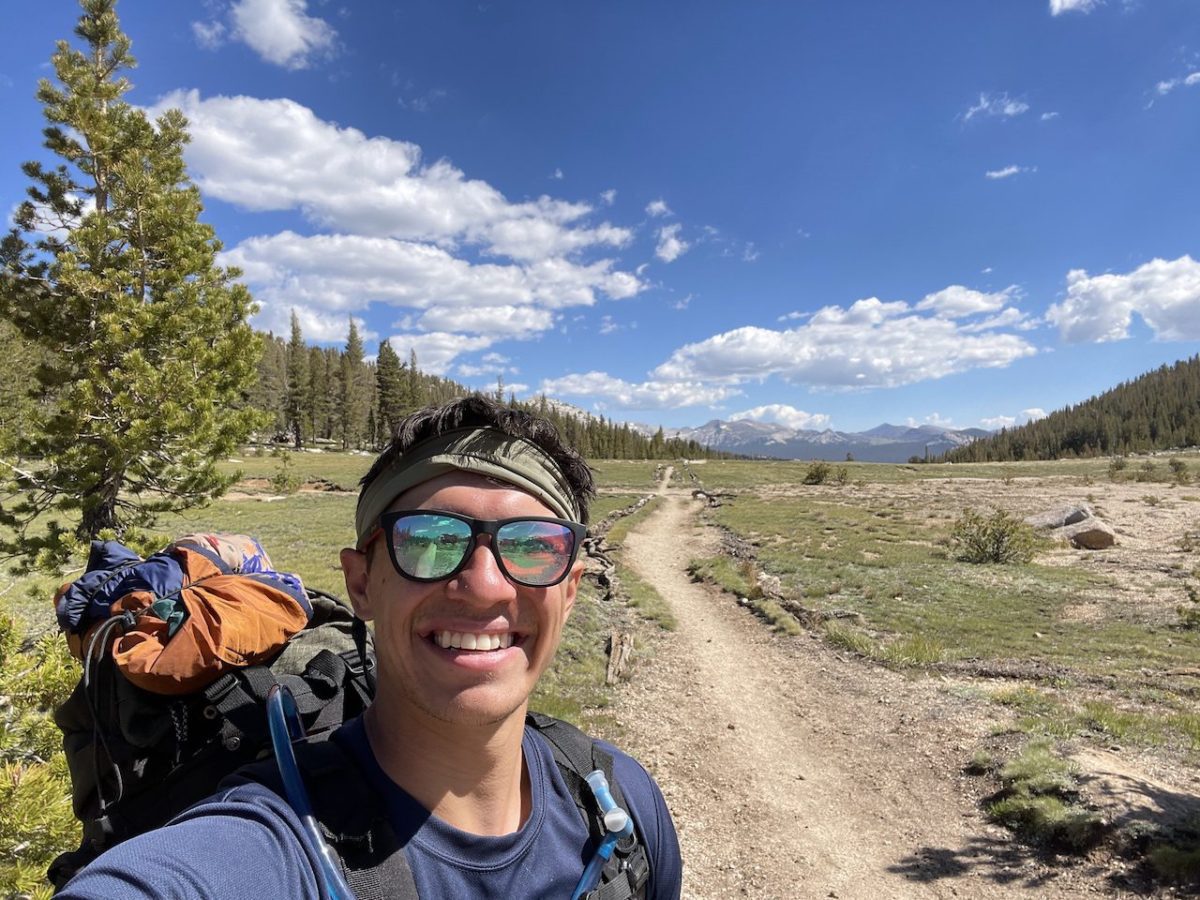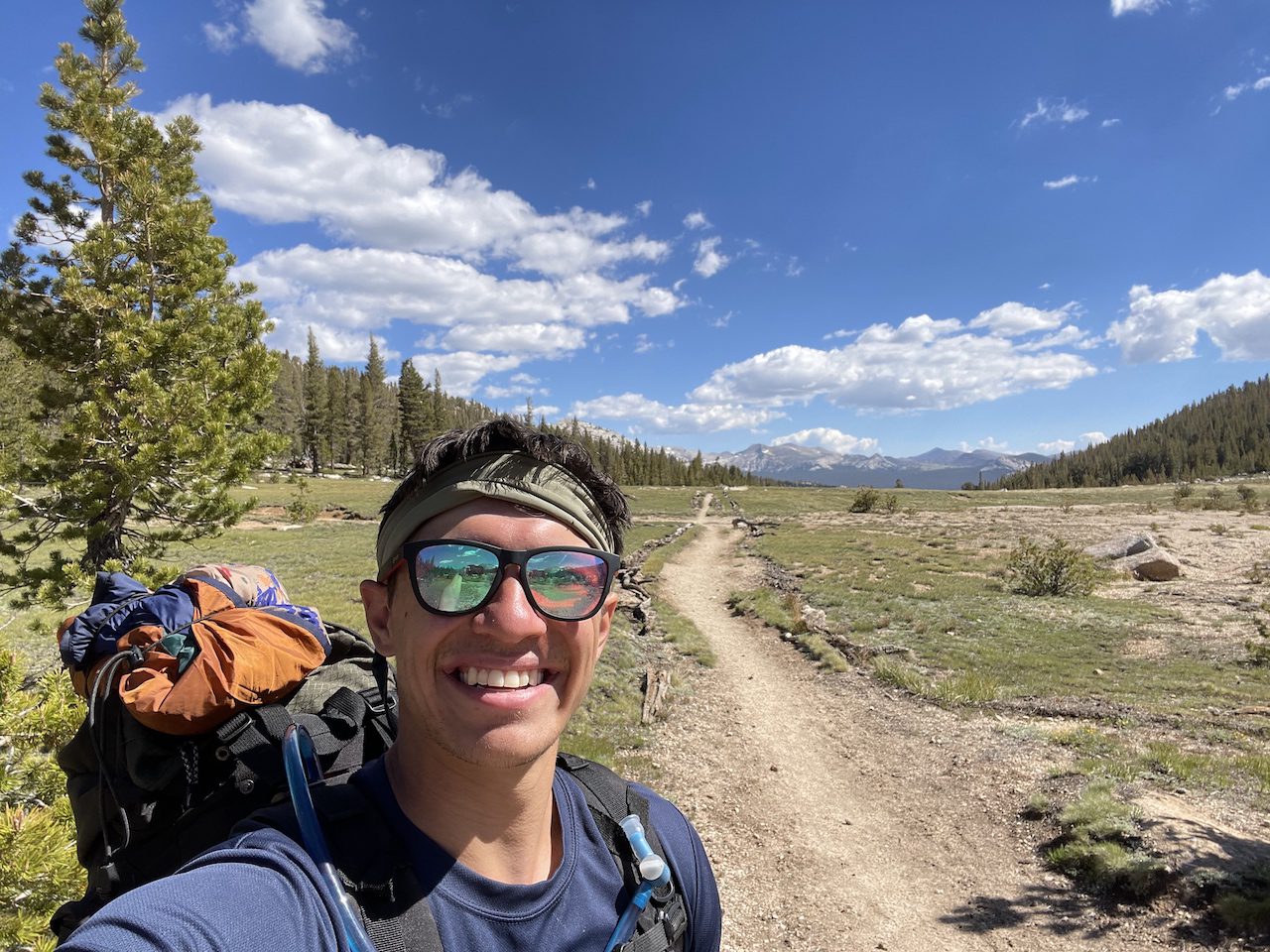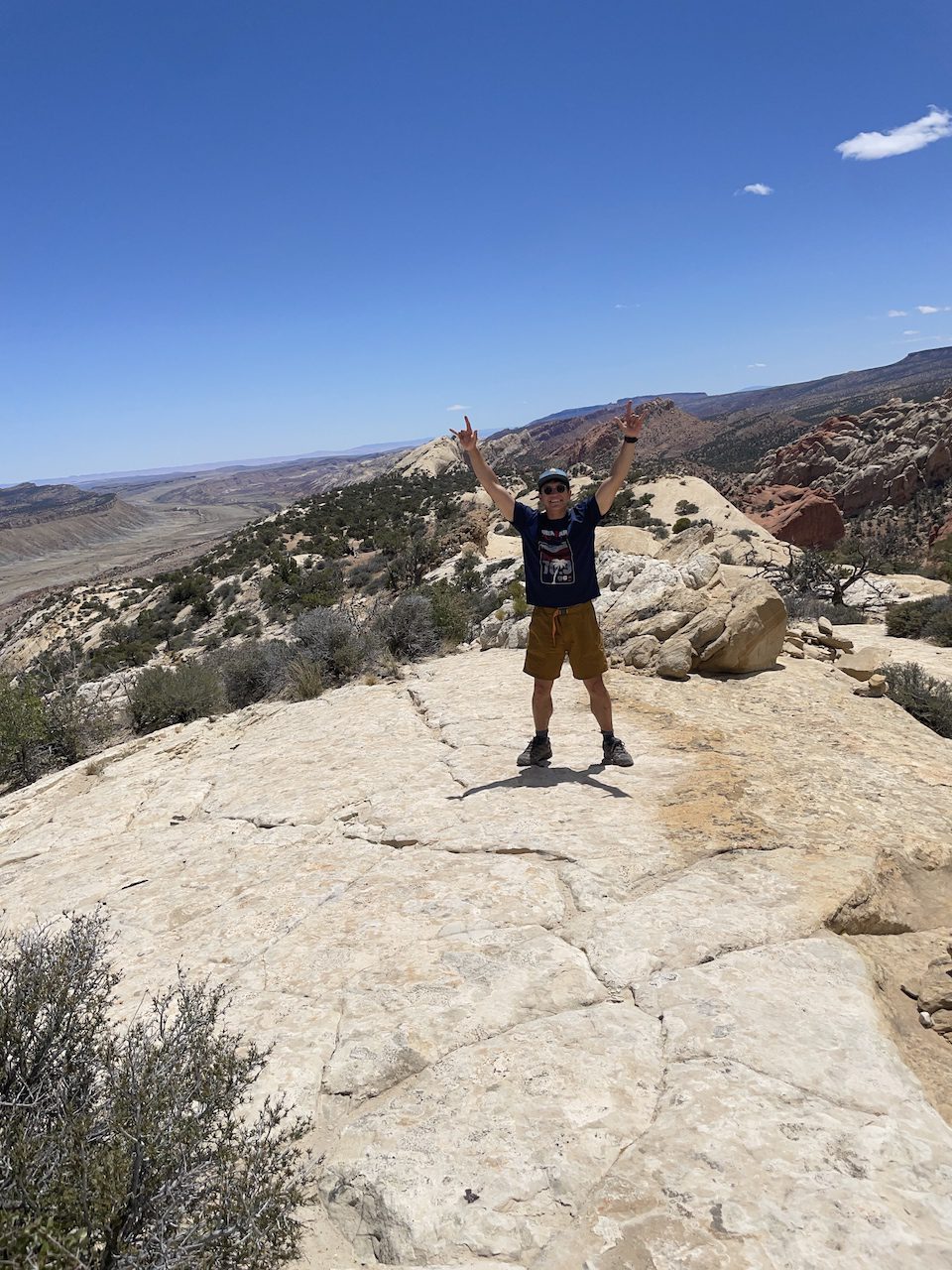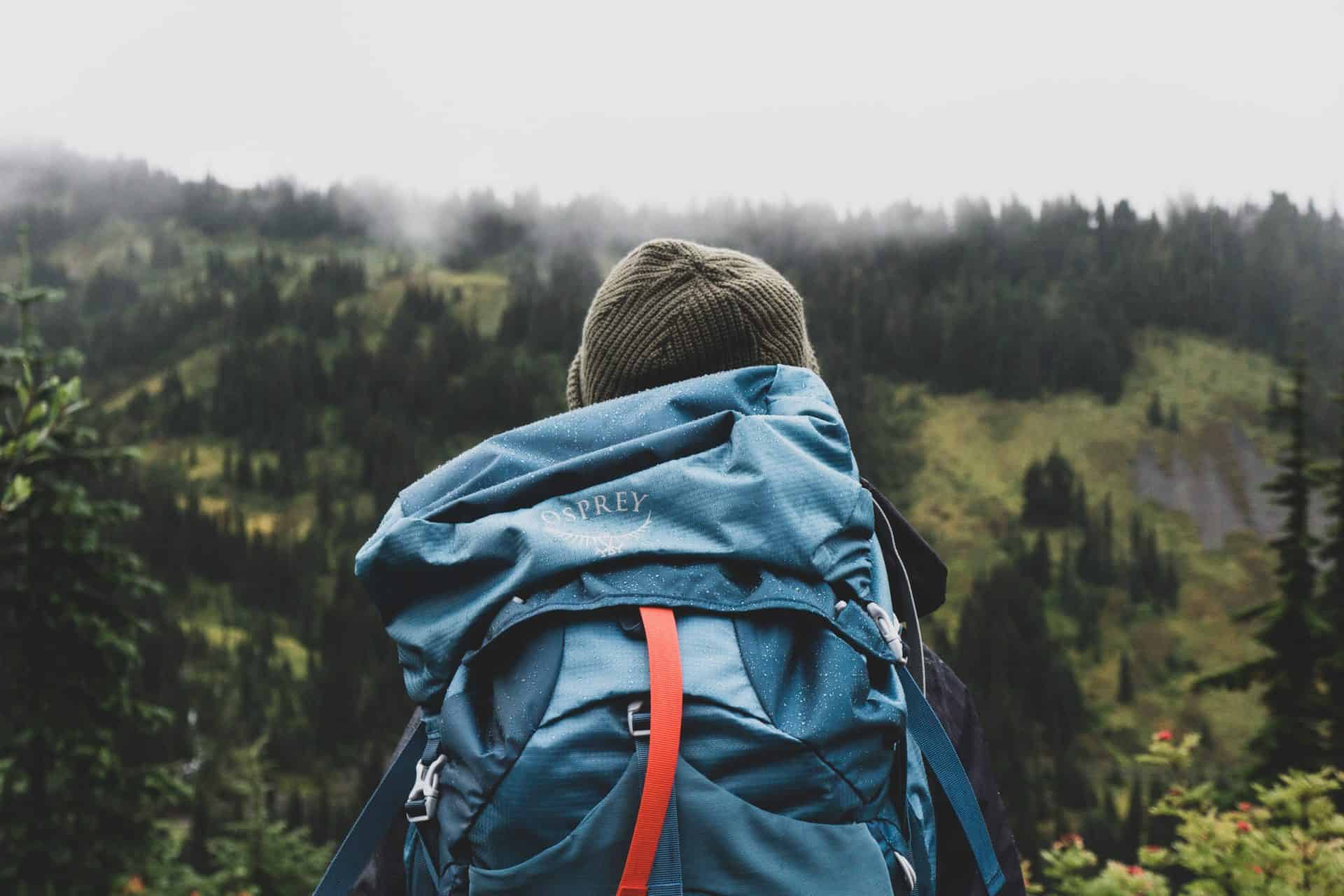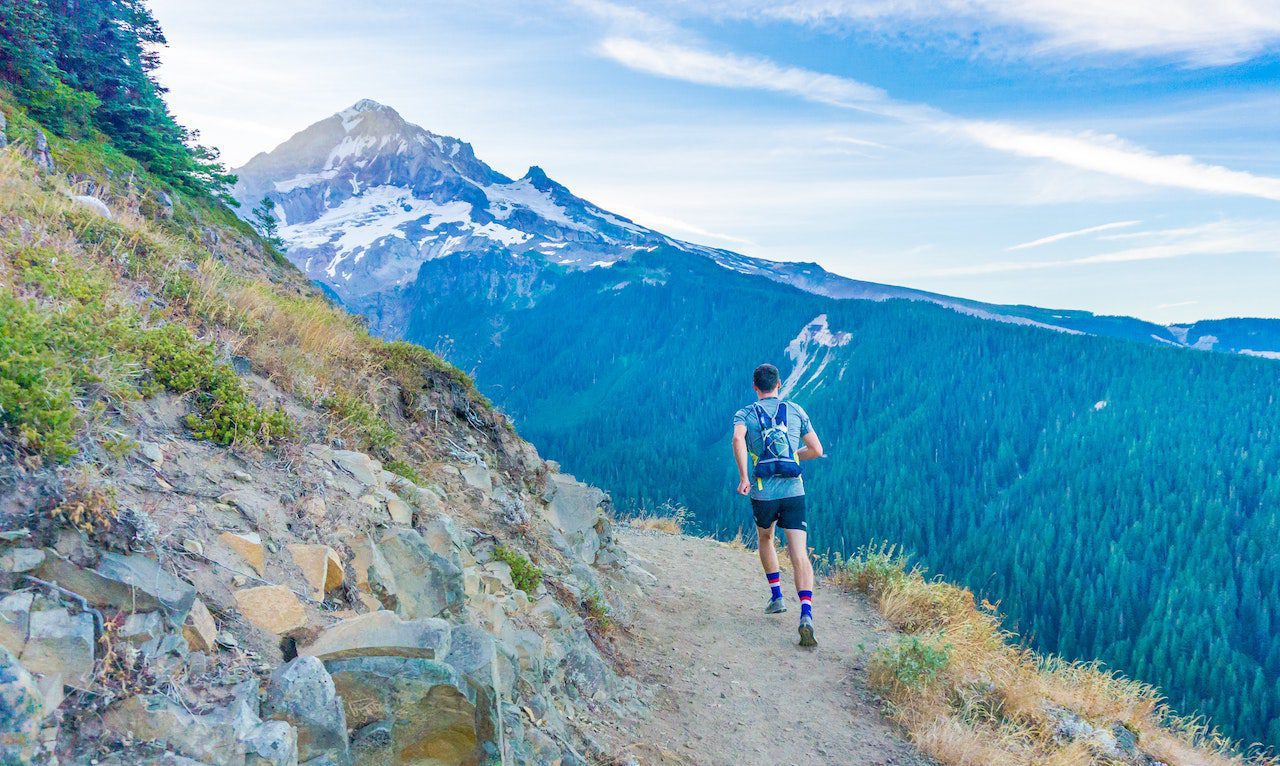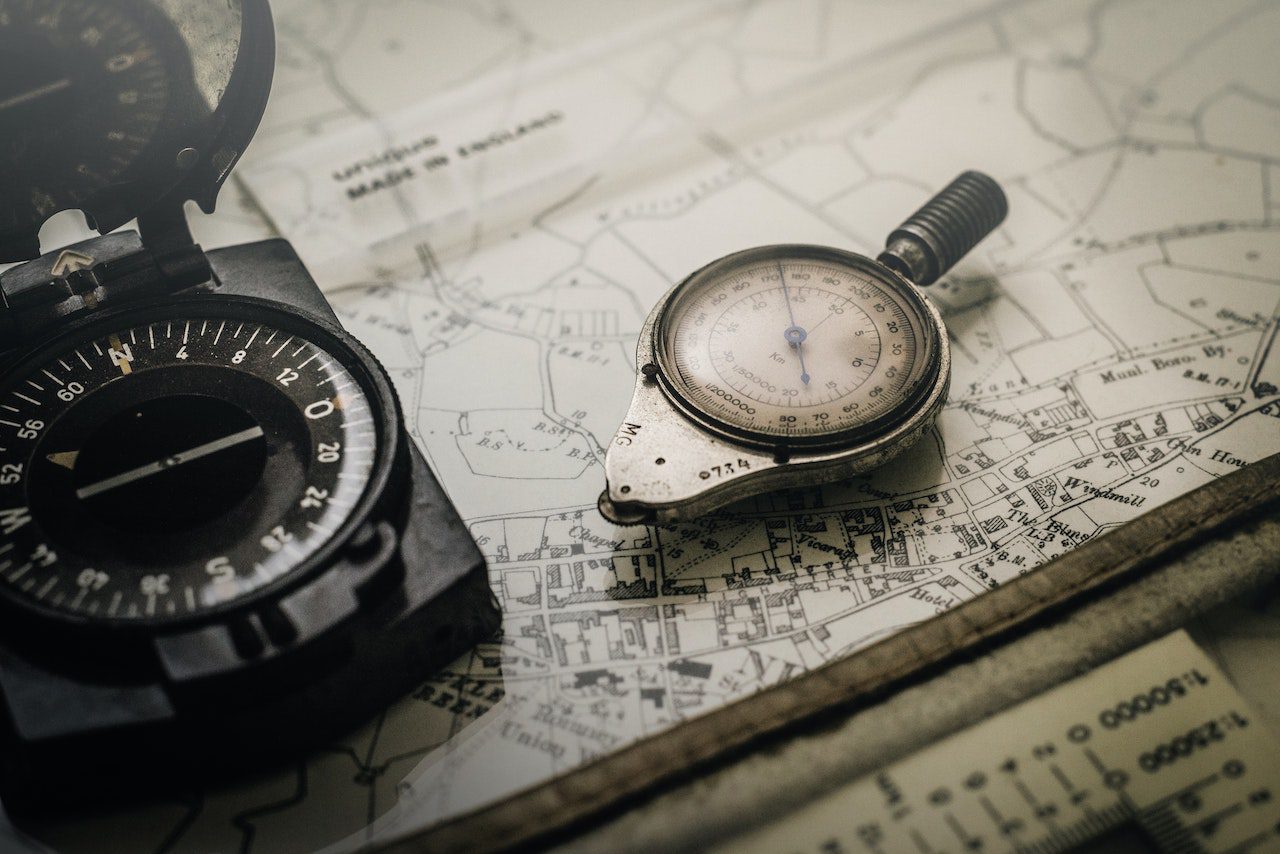How To Poop When You Live In Your Car? 6 Ways To Go When On The Go
If you are reading this post in an absolute panic and are trying to figure out how to poop when you live in your car, I will cut straight to the chase. Here are 6 ways to poop when living in your car during van life.
- Food/Shopping Establishments
- Rest Stops
- Gyms
- Campgrounds
- WAG Bag
- Dig a hole and go
Whether you are a full-time van lifer or on a long-term road trip, going to the bathroom when living out of your car is a logistical problem that will need to be frequently addressed.

Food / Shopping Establishments

Food or shopping establishments like a grocery store or cafe are great options for relieving yourself when you are out on the road. If it’s a public place like an outlet, mall, or shopping center, you can get away using their bathroom for free. However, if you go to a fast food restaurant or cafe, it is good etiquette to purchase something if you plan on using their restrooms.
Rest Stops / Gas Stations

If you are cruising down the highway and have to go, a rest stop or gas station is excellent in a pinch. Have your co-pilot type find the nearest one near you. Bonus points if it’s in the direction you are heading. Nearly all rest stops have free restrooms available to the public. However, if you visit a gas station, you may need to purchase something if you’re using their facilities.
Gyms:
A membership to a large gym chain such as Planet Fitness can be very helpful when van living. A membership allows you to get your pump on and be your bathroom when you are out on the road! With showers and toilets available at all of their locations and over 2,000 gyms within the United States, chances are you will encounter a bunch during your travels.
Campgrounds:
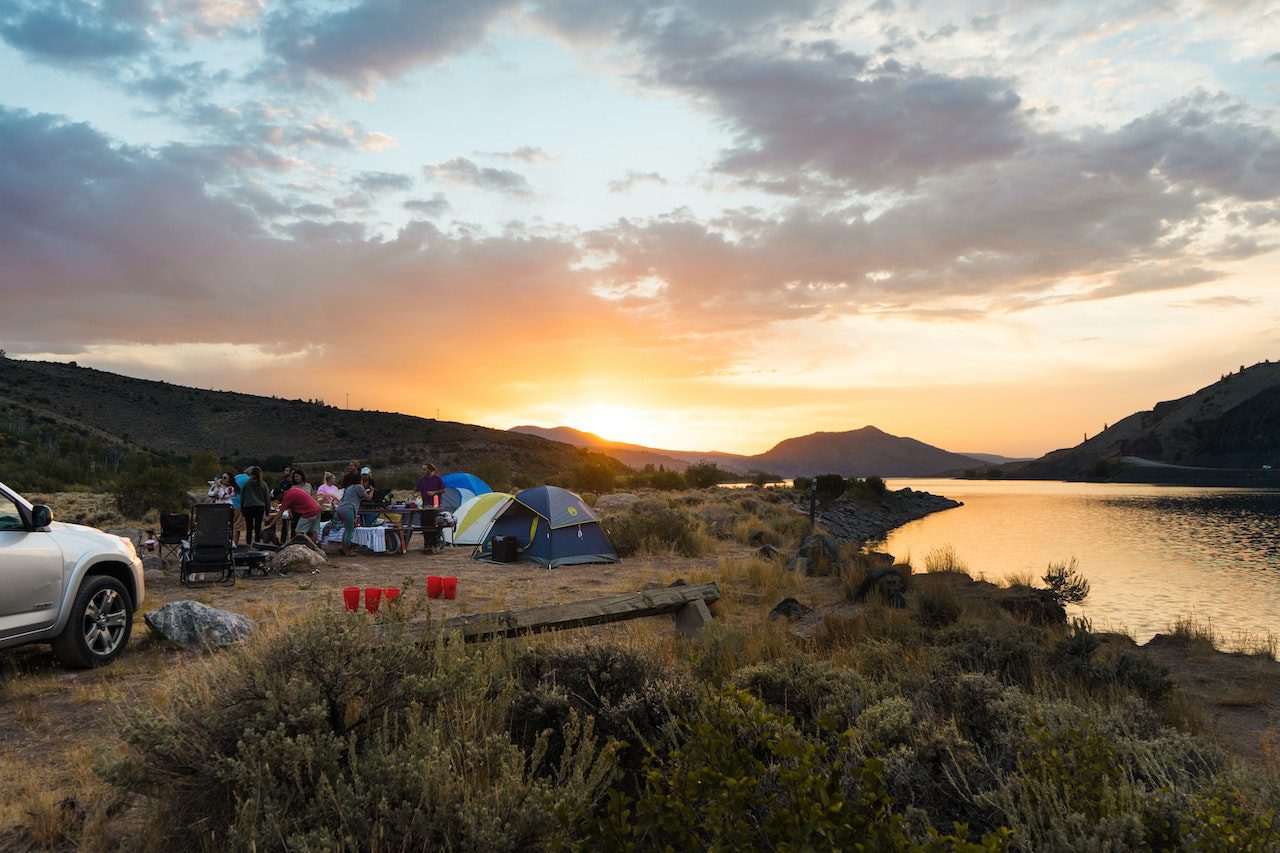
Campgrounds are another excellent option for pooping when living in your car. Most of the time, you will need to pay for your site to use campground facilities, but if you can find a dispersed camping site, you can stop and do your business free of charge!
You can use free apps like iOverlander to help you find free dispersed campgrounds but keep in mind that the number of dispersed campsites with facilities such as pit toilets are few and far between. Odds are you may need to dig a hole if visiting one of these sites.
W.A.G. Bag
Now we will dive into some of the, how should I put it? More primitive ways of pooping when living in your car. First up is the WAG bag.
Also known as “Waste Alleviation and Gelling Bag.” These bags are typically used when backpacking and consist of two layers, the inner one containing these special “crystals” that solidifies your poop, rendering it inert. After you do your business, dispose of your used toilet paper in the bag, seal it and throw it out at the nearest trash receptacle (or in your mortal enemy’s van).
Having a few WAG bags in your car can be a lifesaver if you need to poop but have no facilities nearby.
For a more thorough explanation on how to use a WAG bag, check out this helpful video:
Dig A Hole And Go

We have arrived at a bonafide code brown, as we called it, at the hospital where I used to work. You need to go, but there is not a facility for miles. You have no WAG bags and no van toilet. At this moment, you have arrived at the last resort. You need to dig a hole and go. That’s right, grab your trowel from your backpacking poop kit, and if you don’t have one get ready to use your hands until you get to six inches.
Pooping in a cat hole is the last resort when living in your car. If you find yourself in a situation where you need to dig a cat hole, you must make sure you follow the leave no trace principles and do it in a region where it is permitted. It should go without saying that there is no reason to do this in an urban or suburban area.
As you can probably gather, doing this can be a bit of a production, so it’s best not to wait until the last minute. If you want to learn more about pooping in the woods, check out our article “How To Poop While Backpacking.”
Consider Getting A Van Toilet If Van Living Long Term:
If you are van lifing long term, you may want to consider getting a van toilet. There are so many different options you can go with for a van toilet whether it be as fancy as a composting toilet or as basic as a bucket. Although they require a bit more maintenance having your own toilet in your van/car is great for emergency use.


